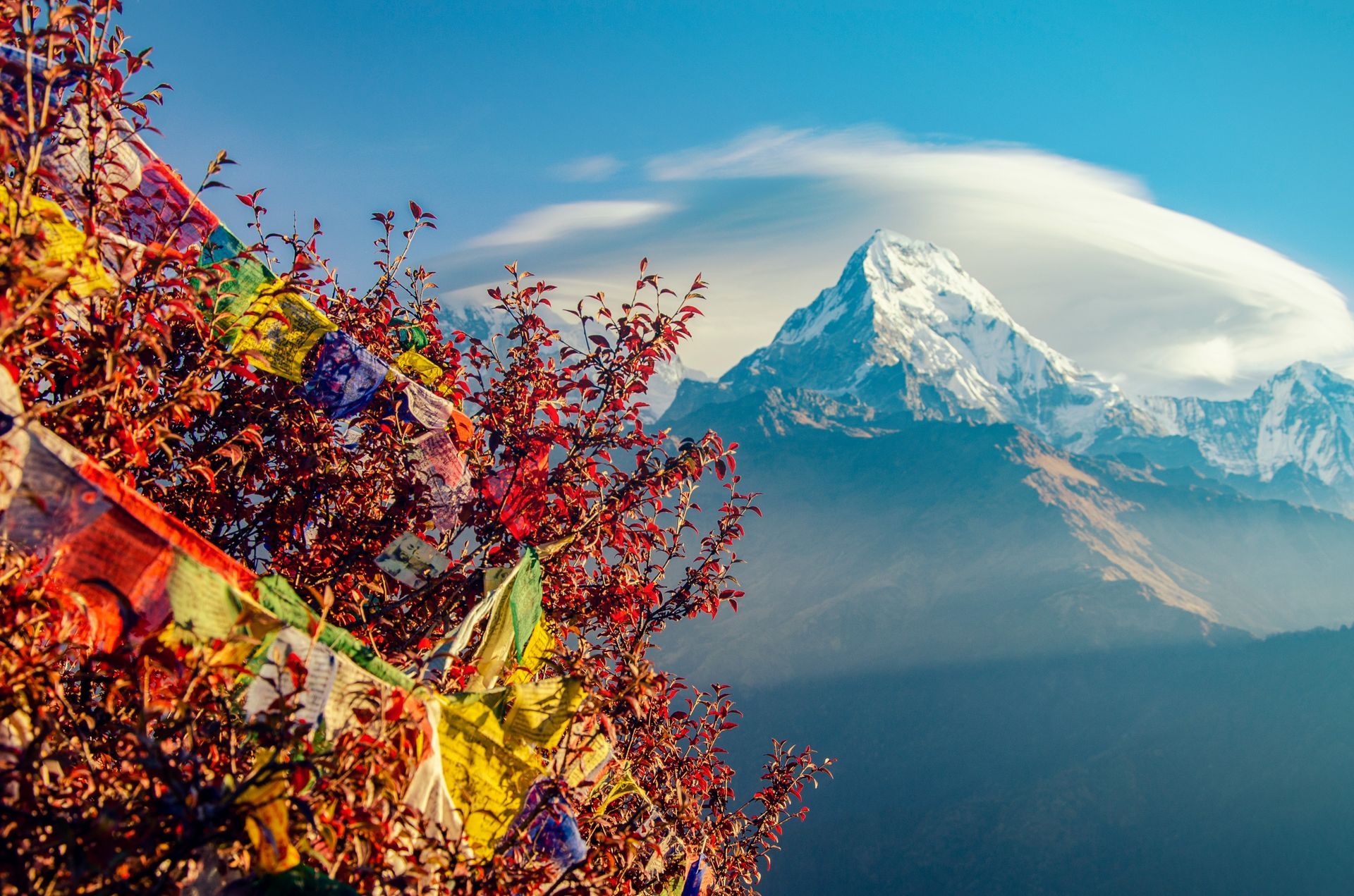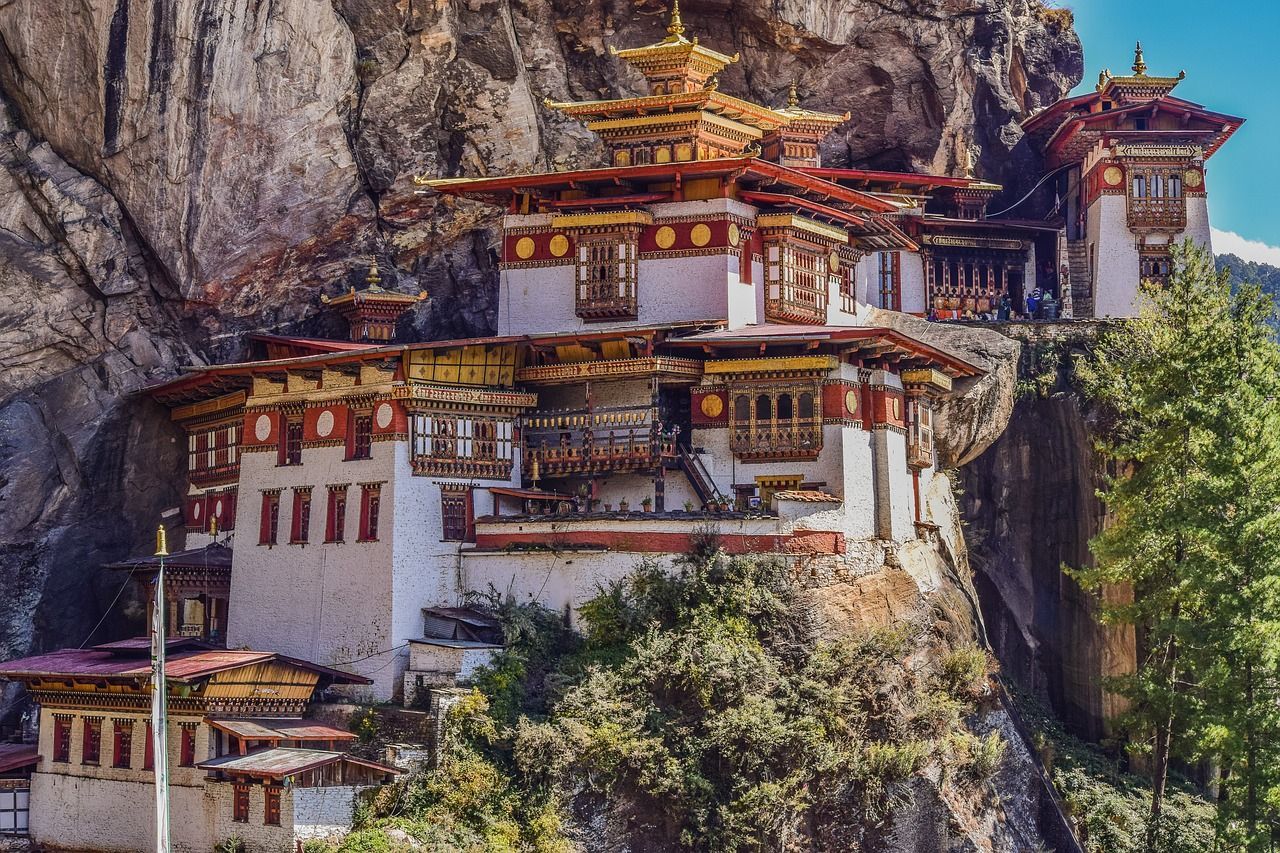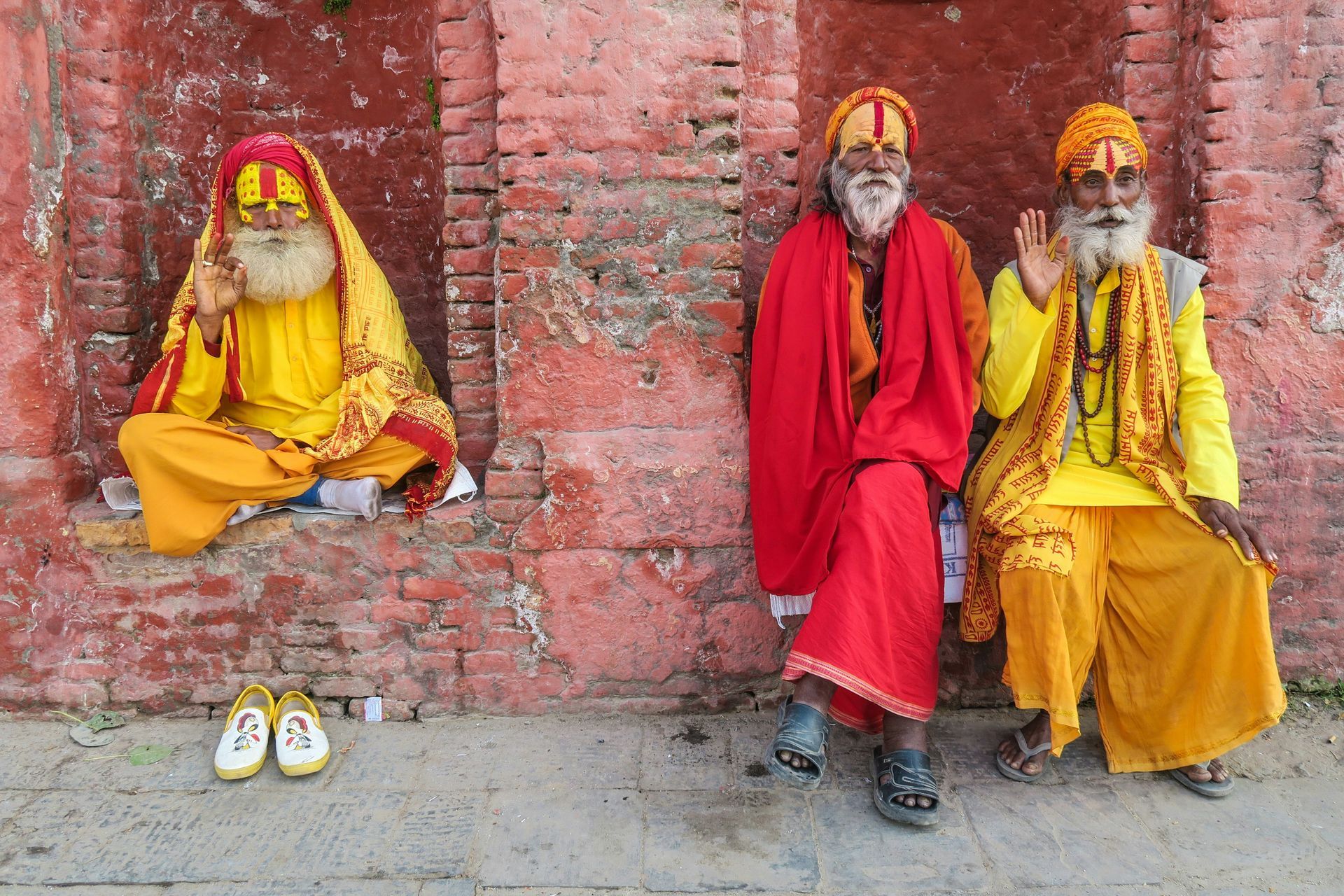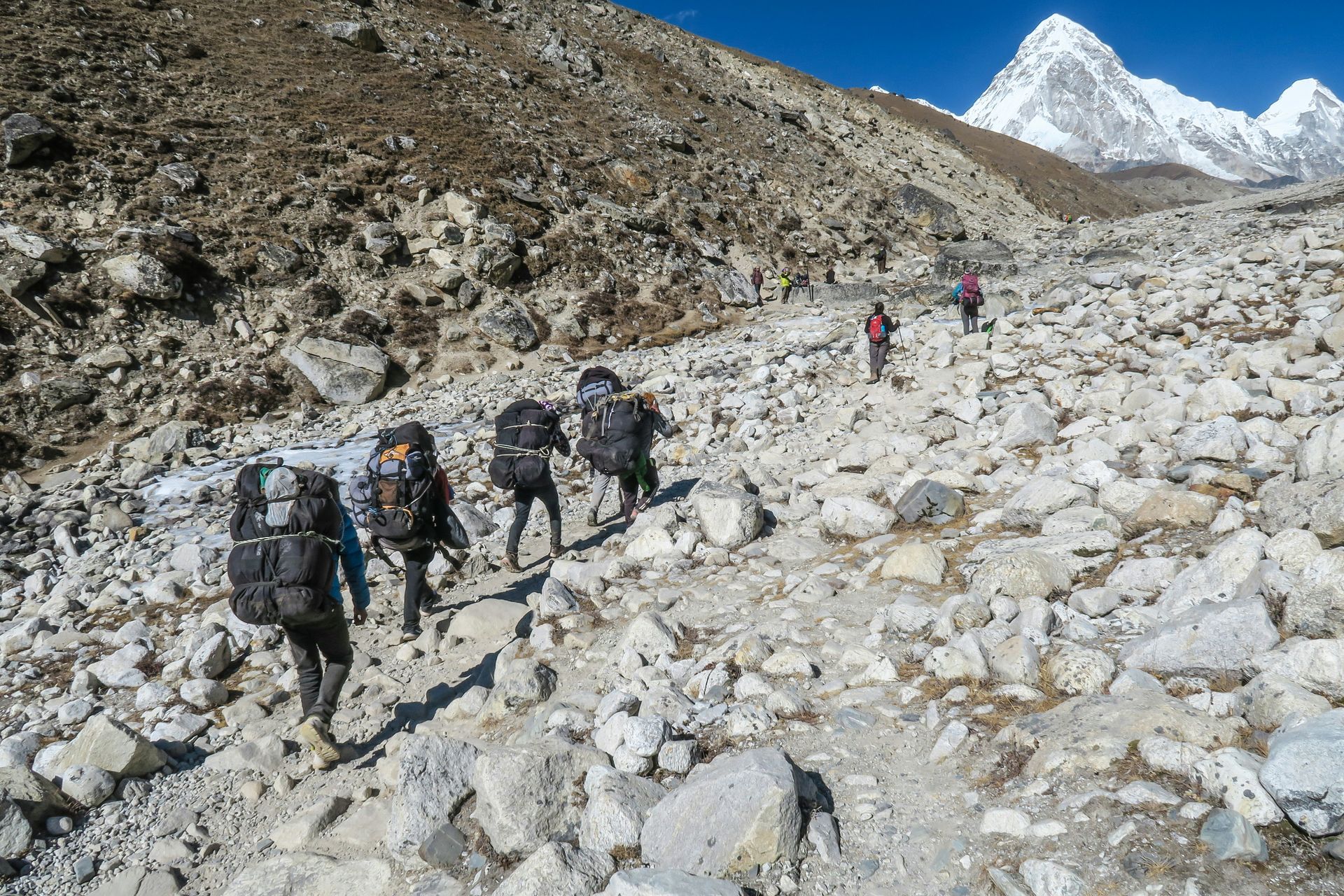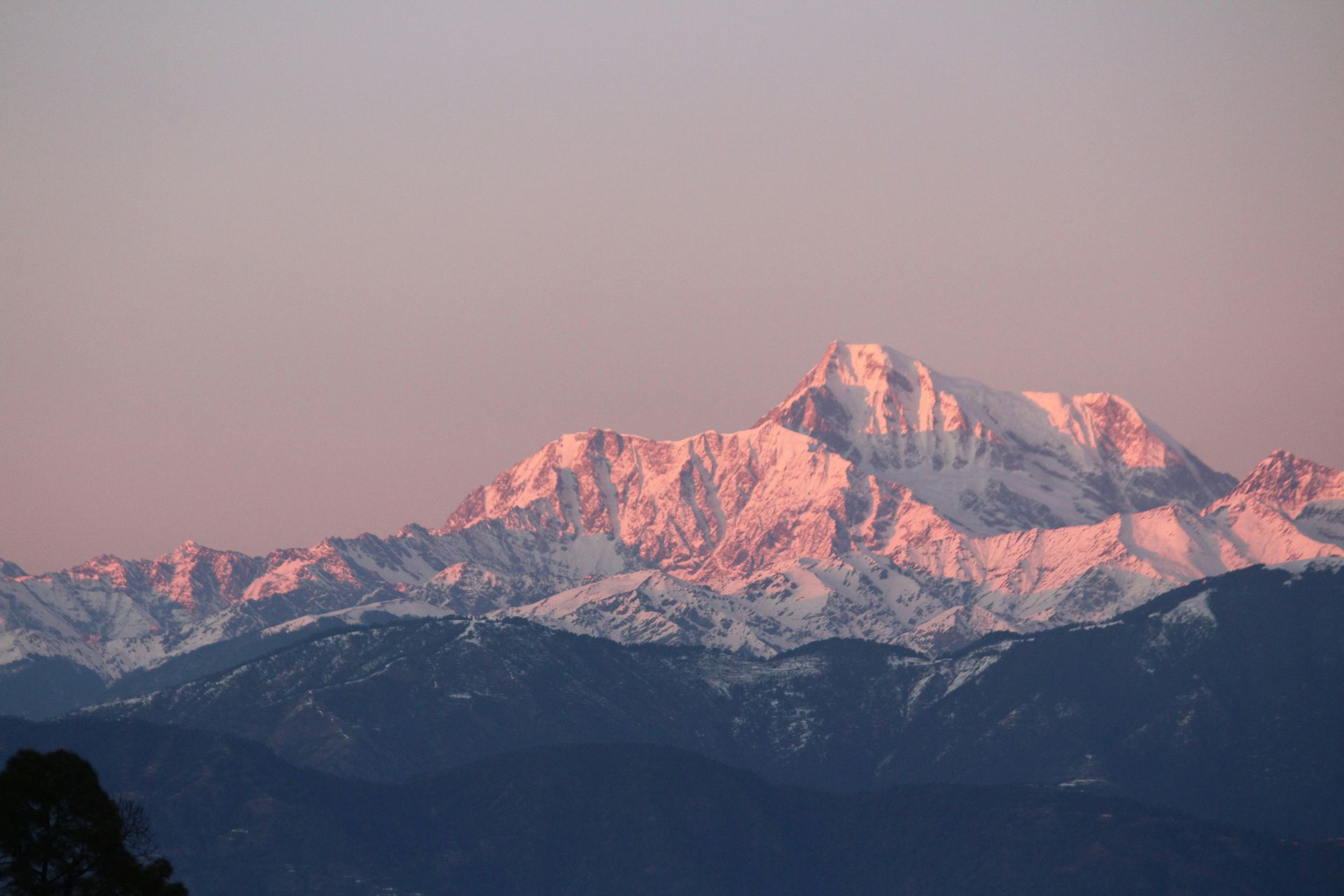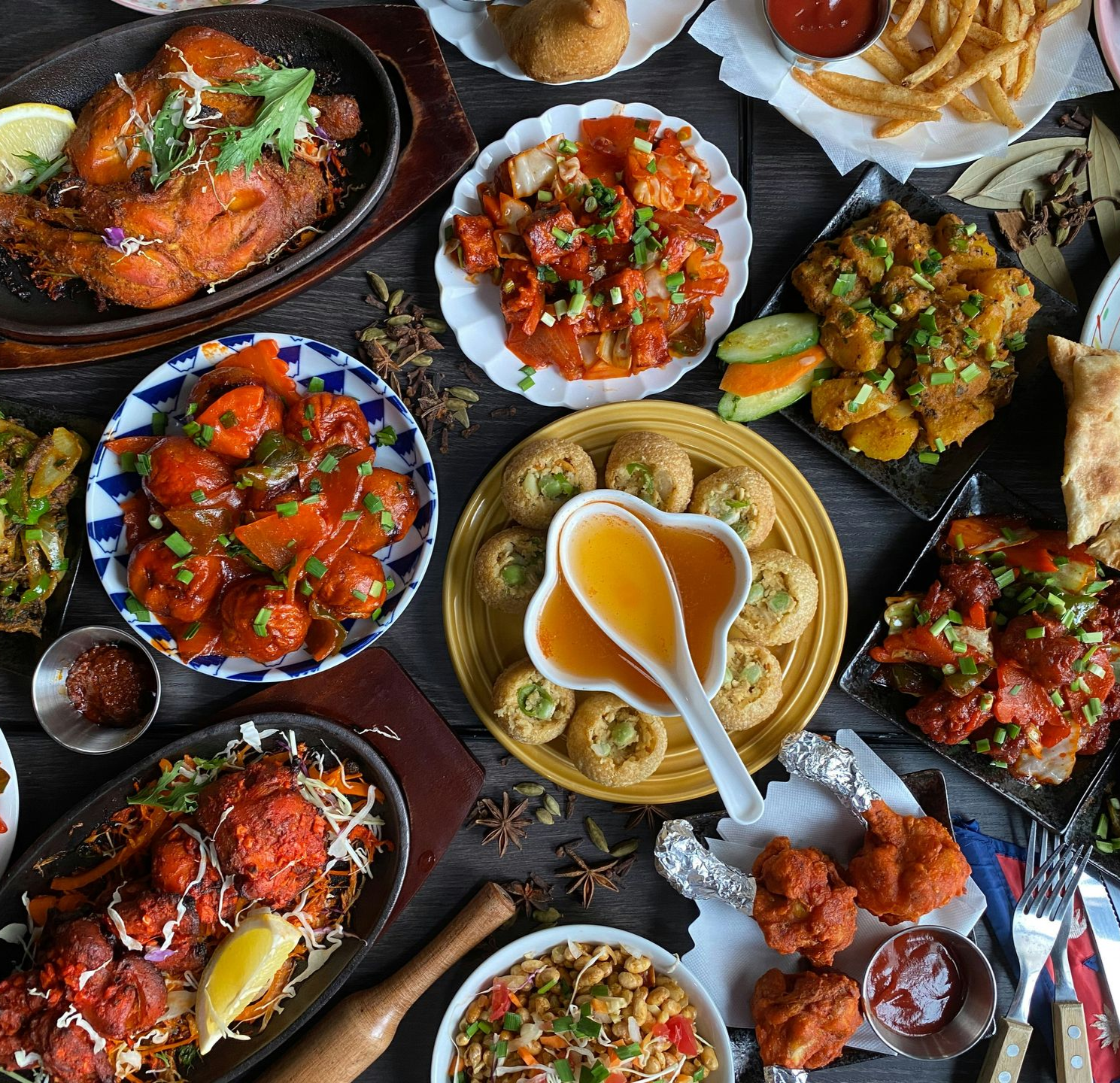Nepal
Nestled between the towering peaks of the Himalayas, Nepal is a land of breathtaking natural beauty, ancient traditions, and warm hospitality. From the world’s highest mountain, Mount Everest, to serene valleys dotted with temples and monasteries, Nepal offers a journey that stirs both the spirit and the senses. Whether trekking through rugged mountain trails, exploring vibrant cities like Kathmandu, or discovering the spiritual calm of its sacred sites, Nepal captures the heart of every traveler with its harmony of nature, culture, and adventure.
Nepal
Nestled between the towering peaks of the Himalayas, Nepal is a land of breathtaking natural beauty, ancient traditions, and warm hospitality. From the world’s highest mountain, Mount Everest, to serene valleys dotted with temples and monasteries, Nepal offers a journey that stirs both the spirit and the senses. Whether trekking through rugged mountain trails, exploring vibrant cities like Kathmandu, or discovering the spiritual calm of its sacred sites, Nepal captures the heart of every traveler with its harmony of nature, culture, and adventure.
Why Nepal?
Nepal captivates travelers with its awe-inspiring landscapes, spiritual heritage, and welcoming people. It’s a destination where adventure meets tranquility—offering everything from challenging Himalayan treks to peaceful temple visits and wildlife encounters in lush national parks. Beyond its natural wonders, Nepal’s deep-rooted culture, colorful festivals, and timeless traditions create an experience that’s both humbling and inspiring. Whether you seek exploration, enlightenment, or a connection to nature, Nepal offers a journey unlike any other.
Why Nepal?
Nepal captivates travelers with its awe-inspiring landscapes, spiritual heritage, and welcoming people. It’s a destination where adventure meets tranquility—offering everything from challenging Himalayan treks to peaceful temple visits and wildlife encounters in lush national parks. Beyond its natural wonders, Nepal’s deep-rooted culture, colorful festivals, and timeless traditions create an experience that’s both humbling and inspiring. Whether you seek exploration, enlightenment, or a connection to nature, Nepal offers a journey unlike any other.
Land of the Himalayas.
Rising high above the clouds, Nepal truly earns its title as The Land of the Himalayas. Home to Mount Everest and countless other majestic peaks, the country’s rugged landscapes offer some of the world’s most breathtaking vistas and trekking routes. Yet beyond the snow-capped summits lies a land rich in spirituality and tradition—where mountain monasteries, prayer flags, and timeless villages reflect a deep harmony between nature and culture. In Nepal, every path leads to discovery, from serene valleys to the awe-inspiring heights of the Himalayas.
Land of the Himalayas.
Rising high above the clouds, Nepal truly earns its title as The Land of the Himalayas. Home to Mount Everest and countless other majestic peaks, the country’s rugged landscapes offer some of the world’s most breathtaking vistas and trekking routes. Yet beyond the snow-capped summits lies a land rich in spirituality and tradition—where mountain monasteries, prayer flags, and timeless villages reflect a deep harmony between nature and culture. In Nepal, every path leads to discovery, from serene valleys to the awe-inspiring heights of the Himalayas.
Featured Itineraries
Bhutan & Nepal
Abercrombie & Kent Tour
The Nepalese Culture
Nepal’s culture is a vibrant mosaic shaped by centuries of history, spirituality, and tradition. Influenced by both Hinduism and Buddhism, daily life here is filled with festivals, rituals, and art that reflect a deep sense of devotion and community. Ancient temples and stupas stand alongside colorful markets and traditional villages, where craftsmanship and hospitality thrive. From sacred dances and folk music to intricate woodcarvings and handmade textiles, Nepal’s culture beautifully bridges the spiritual and the earthly—offering visitors an authentic glimpse into a way of life guided by faith, family, and nature.
Festivals & Traditions
Nepal’s festivals are a vivid reflection of its deep spirituality and cultural harmony. Celebrations like Dashain, Tihar, and Holi fill the streets with color, music, and joy, bringing families and communities together in shared devotion. Rooted in both Hindu and Buddhist beliefs, these festivals honor gods, ancestors, and nature itself. From sacred rituals and temple ceremonies to vibrant parades and traditional feasts, Nepal’s traditions showcase a timeless connection between faith, family, and the natural world.
Art & Architecture
Nepal’s art and architecture beautifully capture its spiritual essence and cultural diversity. Ancient temples, stupas, and palaces—like Kathmandu’s Durbar Square and the Swayambhunath Stupa—stand as masterpieces of Newari craftsmanship, blending intricate wood, stone, and metalwork. Traditional paintings, sculptures, and murals often depict Hindu and Buddhist deities, showcasing the harmony between the two faiths. From the grandeur of the Patan temples to the serenity of mountain monasteries, Nepal’s art and architecture tell a timeless story of devotion, creativity, and identity.
Crafts & Textiles
Nepal’s rich artistic heritage shines through its traditional crafts and textiles, each piece telling a story of skill, symbolism, and spirituality. Artisans handcraft vibrant woven fabrics, intricate wood carvings, metalwork, and pottery using techniques passed down for generations. The country is also known for Thangka paintings—detailed religious artworks depicting Buddhist deities and mandalas. Whether found in bustling markets or quiet mountain villages, Nepal’s handmade creations reflect the nation’s cultural soul and deep respect for artistry and tradition.
The Nepalese Culture
Nepal’s culture is a vibrant mosaic shaped by centuries of history, spirituality, and tradition. Influenced by both Hinduism and Buddhism, daily life here is filled with festivals, rituals, and art that reflect a deep sense of devotion and community. Ancient temples and stupas stand alongside colorful markets and traditional villages, where craftsmanship and hospitality thrive. From sacred dances and folk music to intricate woodcarvings and handmade textiles, Nepal’s culture beautifully bridges the spiritual and the earthly—offering visitors an authentic glimpse into a way of life guided by faith, family, and nature.
Festivals & Traditions
Nepal’s festivals are a vivid reflection of its deep spirituality and cultural harmony. Celebrations like Dashain, Tihar, and Holi fill the streets with color, music, and joy, bringing families and communities together in shared devotion. Rooted in both Hindu and Buddhist beliefs, these festivals honor gods, ancestors, and nature itself. From sacred rituals and temple ceremonies to vibrant parades and traditional feasts, Nepal’s traditions showcase a timeless connection between faith, family, and the natural world.
Art & Architecture
Nepal’s art and architecture beautifully capture its spiritual essence and cultural diversity. Ancient temples, stupas, and palaces—like Kathmandu’s Durbar Square and the Swayambhunath Stupa—stand as masterpieces of Newari craftsmanship, blending intricate wood, stone, and metalwork. Traditional paintings, sculptures, and murals often depict Hindu and Buddhist deities, showcasing the harmony between the two faiths. From the grandeur of the Patan temples to the serenity of mountain monasteries, Nepal’s art and architecture tell a timeless story of devotion, creativity, and identity.
Crafts & Textiles
Nepal’s rich artistic heritage shines through its traditional crafts and textiles, each piece telling a story of skill, symbolism, and spirituality. Artisans handcraft vibrant woven fabrics, intricate wood carvings, metalwork, and pottery using techniques passed down for generations. The country is also known for Thangka paintings—detailed religious artworks depicting Buddhist deities and mandalas. Whether found in bustling markets or quiet mountain villages, Nepal’s handmade creations reflect the nation’s cultural soul and deep respect for artistry and tradition.
Featured Destinations
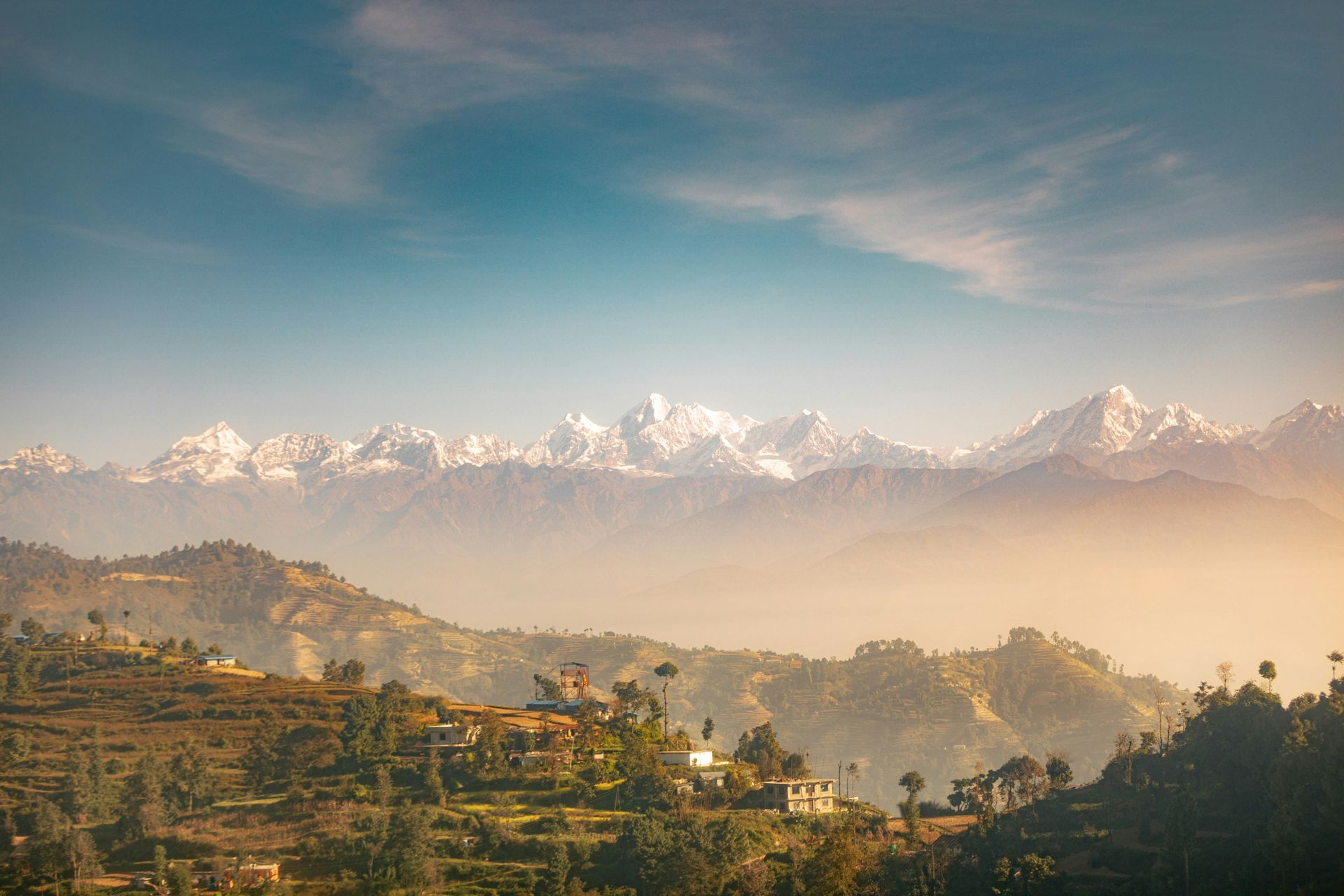
Slide title
Kathmandu
Button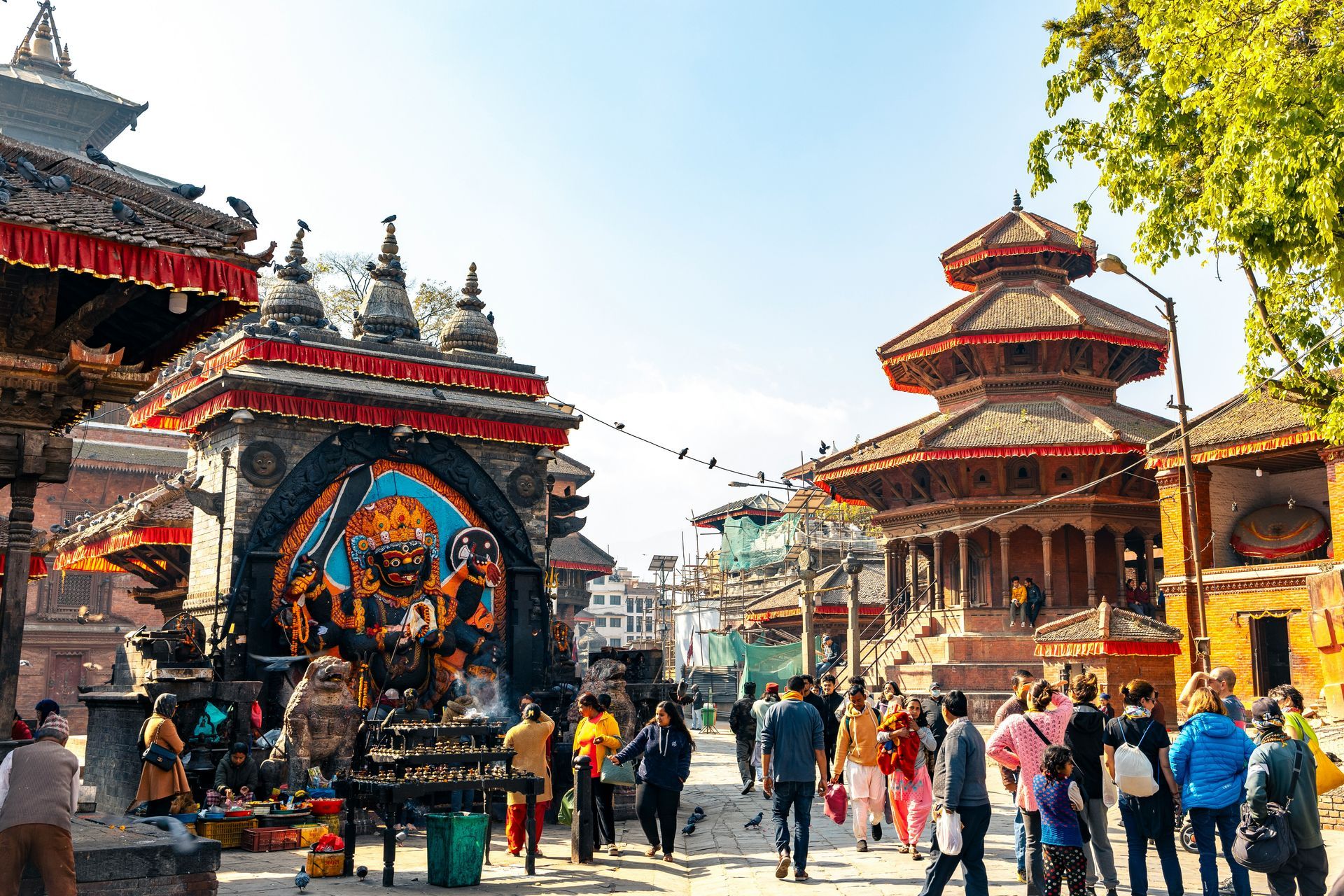
Slide title
Kathmandu
Button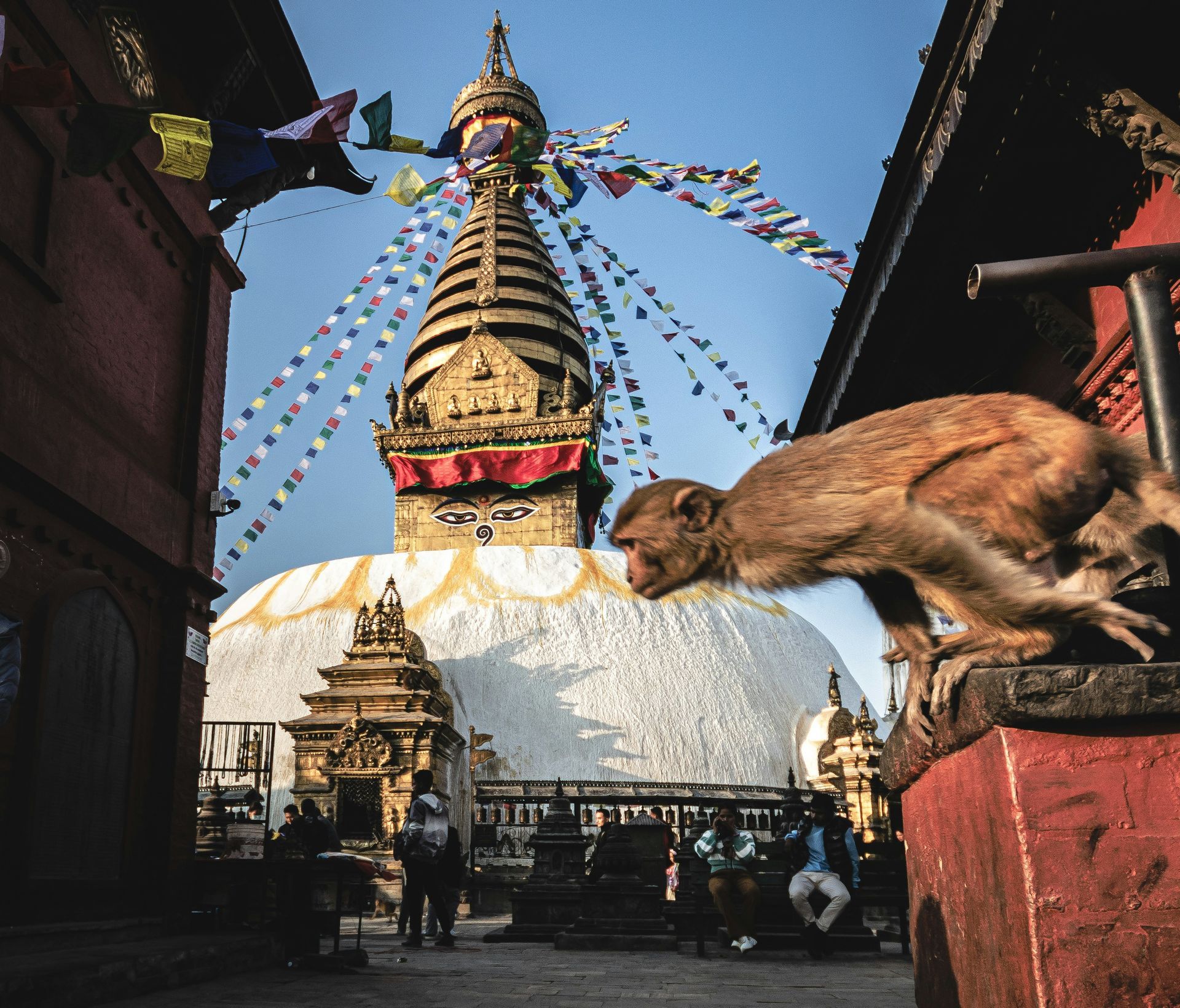
Slide title
Kathmandu
Button
Slide title
Kathmandu
Button
Slide title
Kathmandu
Button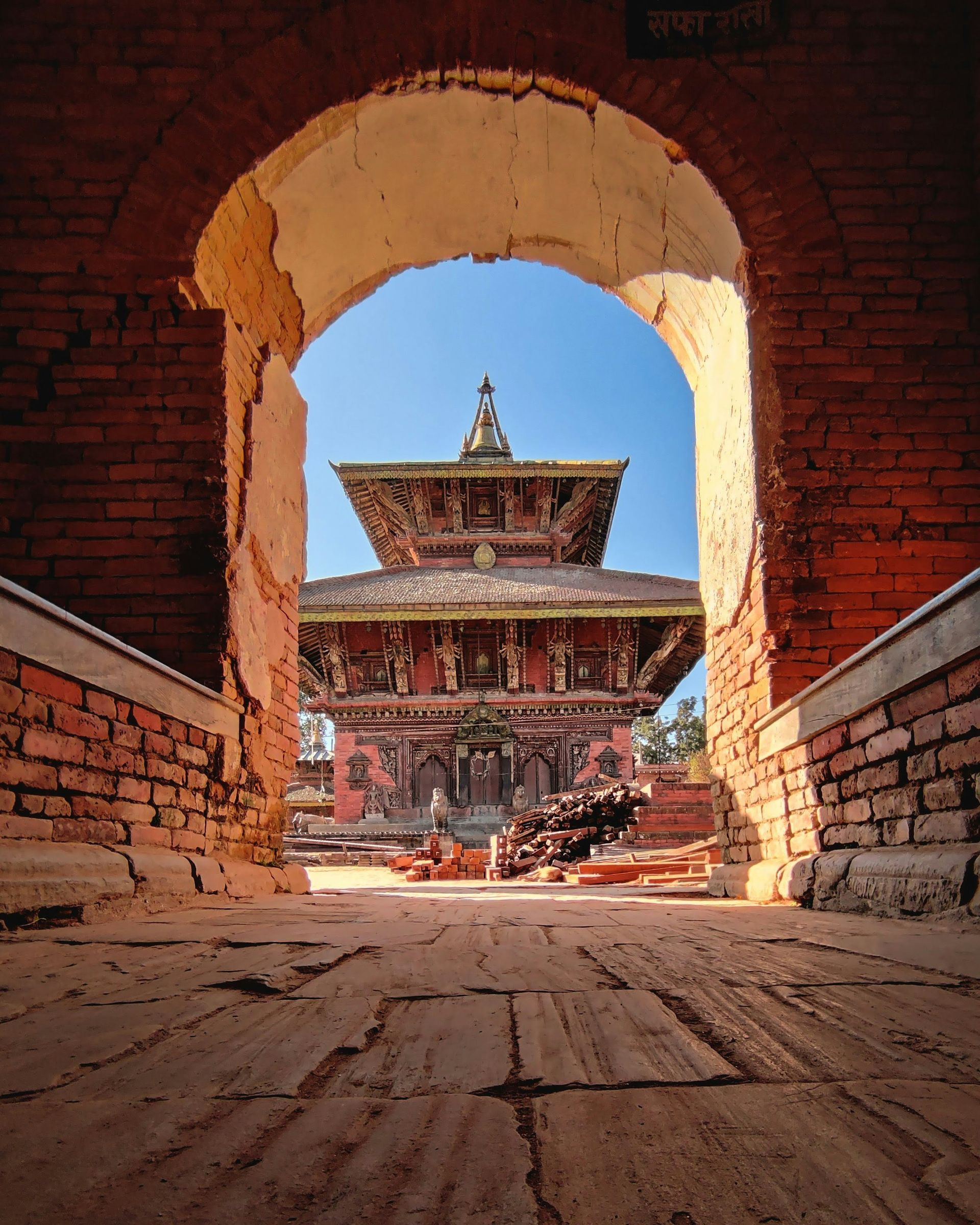
Slide title
Kathmandu
Button
Slide title
Kathmandu
Button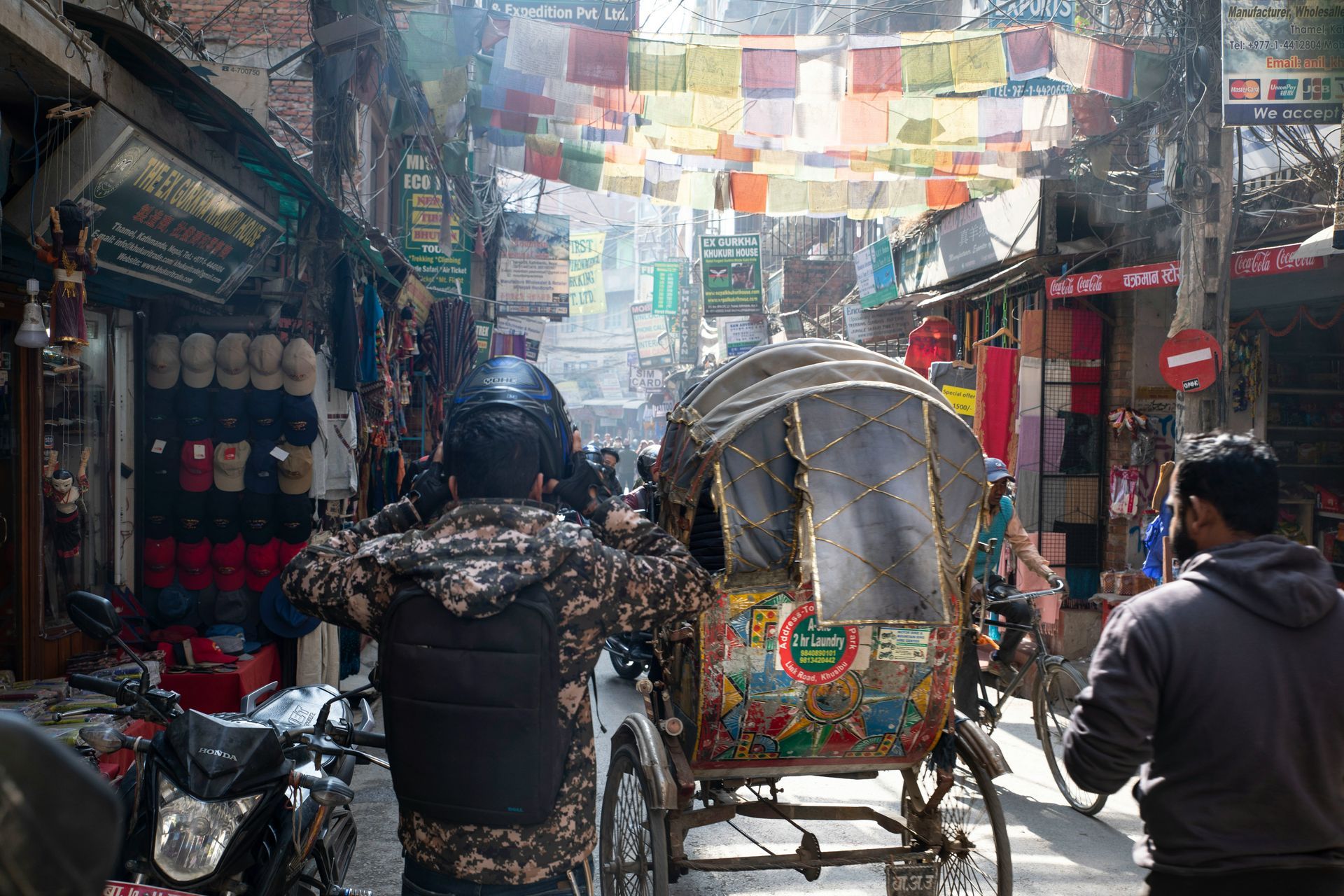
Slide title
Kathmandu
Button

Slide title
Langtang
Button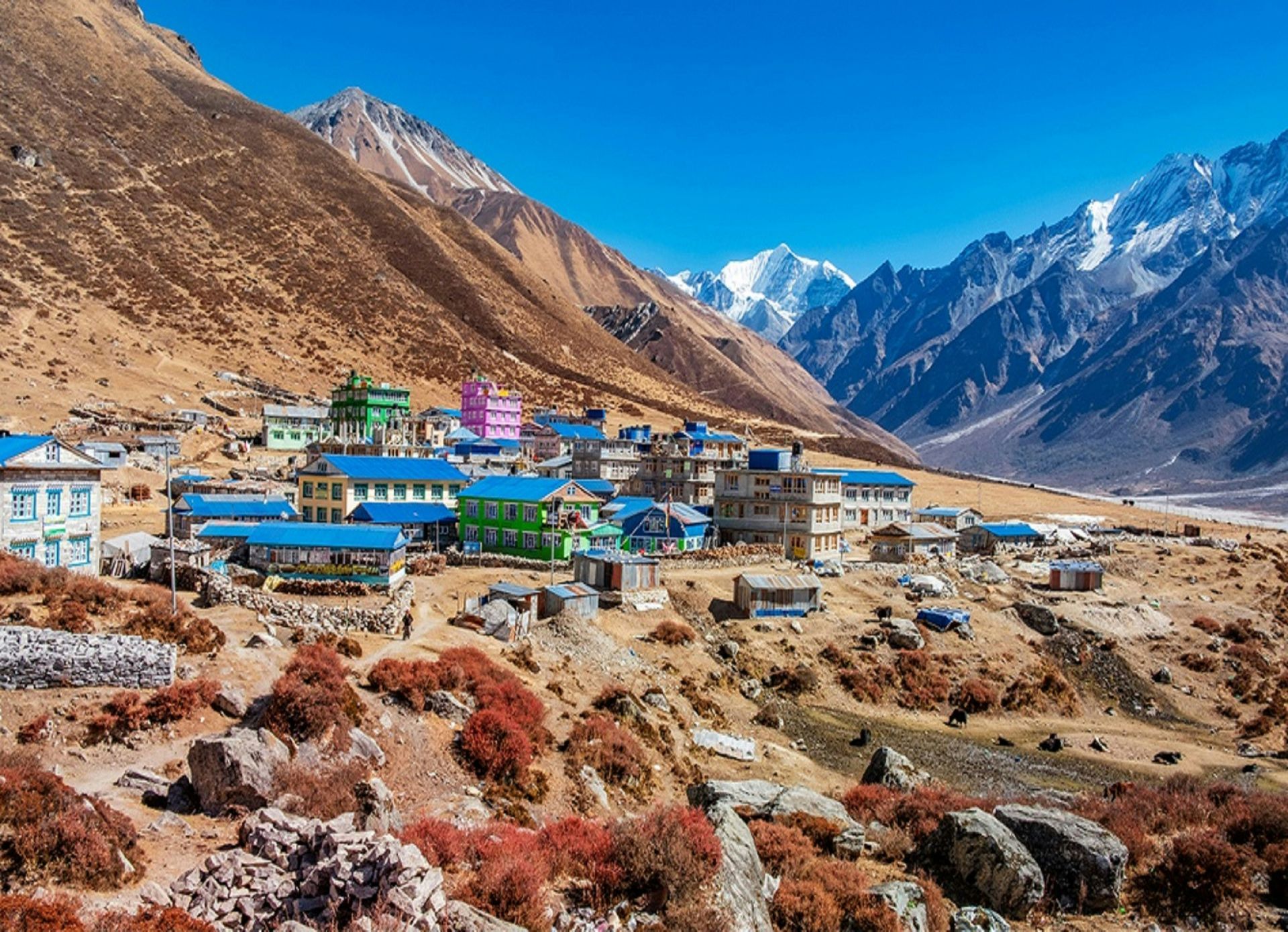
Slide title
Langtang
Button
Slide title
Langtang
Button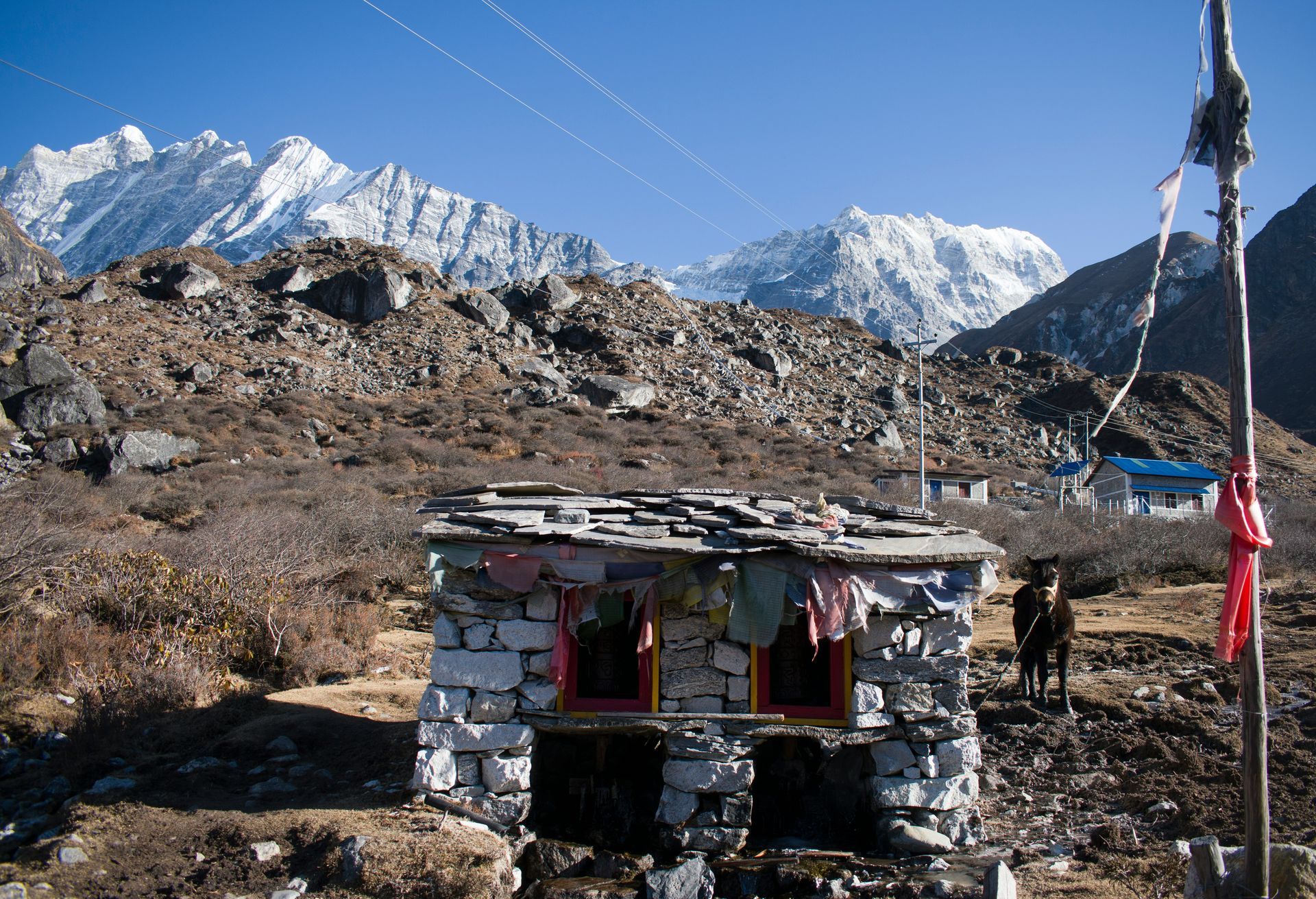
Slide title
Langtang
Button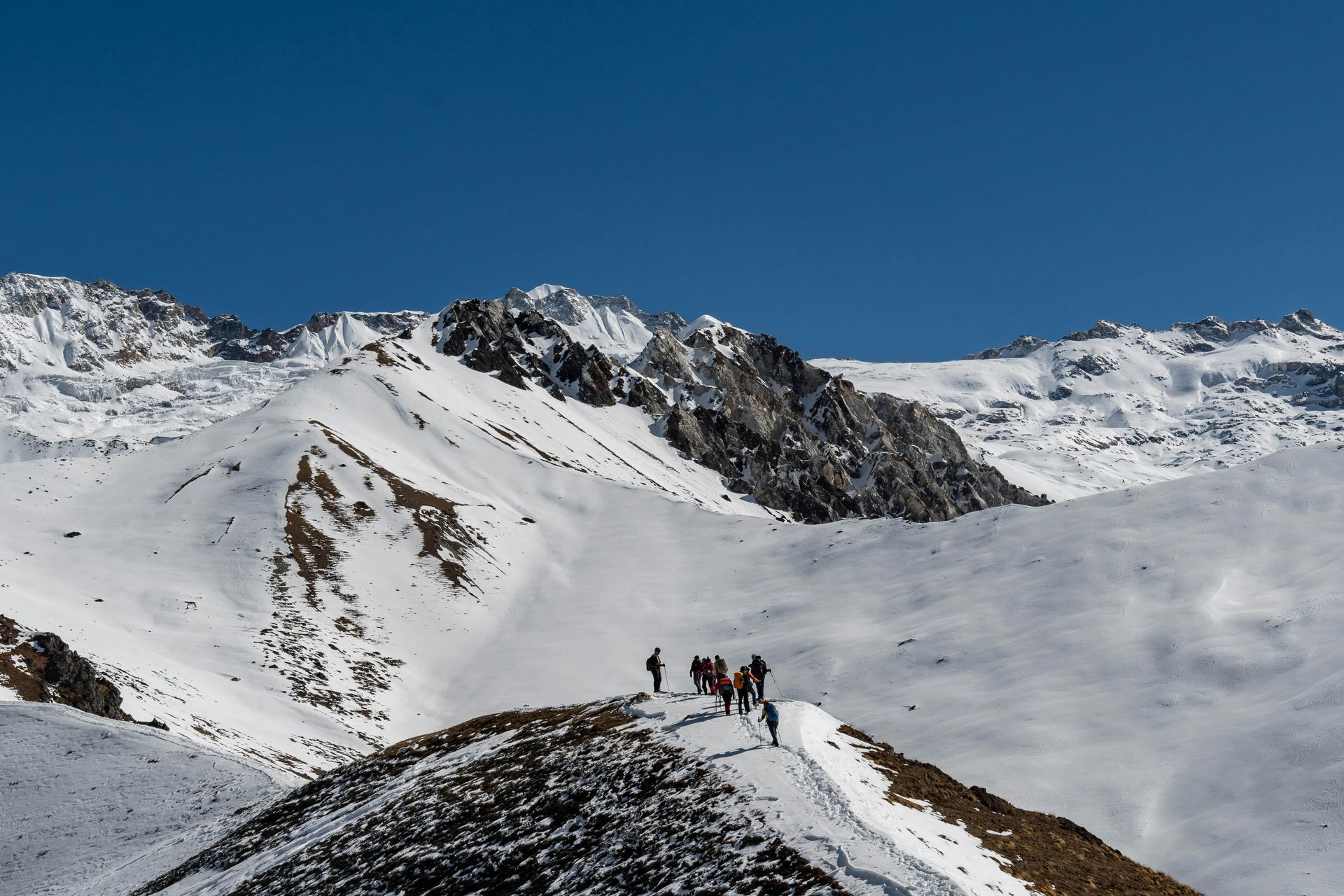
Slide title
Langtang
Button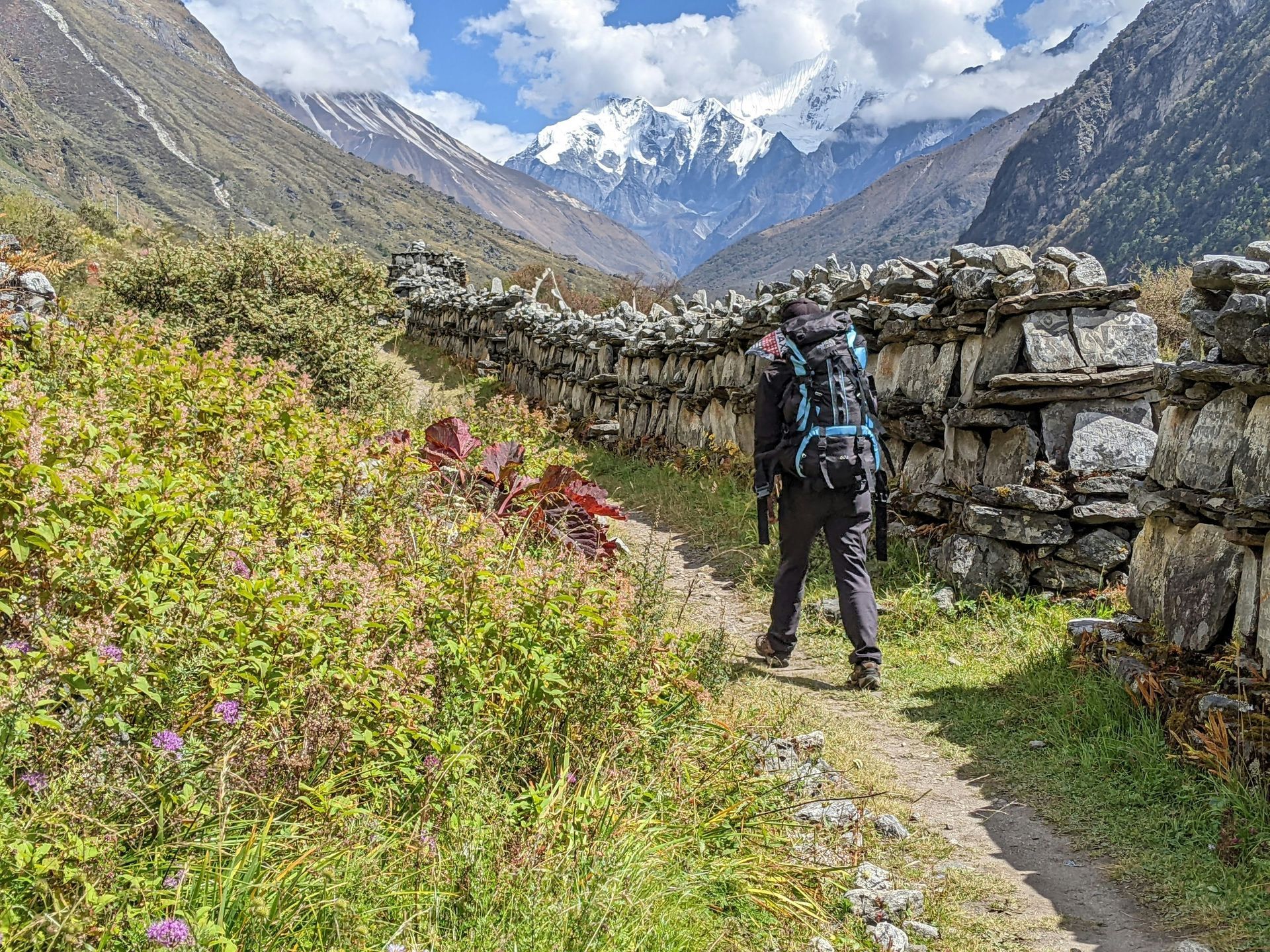
Slide title
Langtang
Button
Slide title
Langtang
Button
Slide title
Langtang
Button
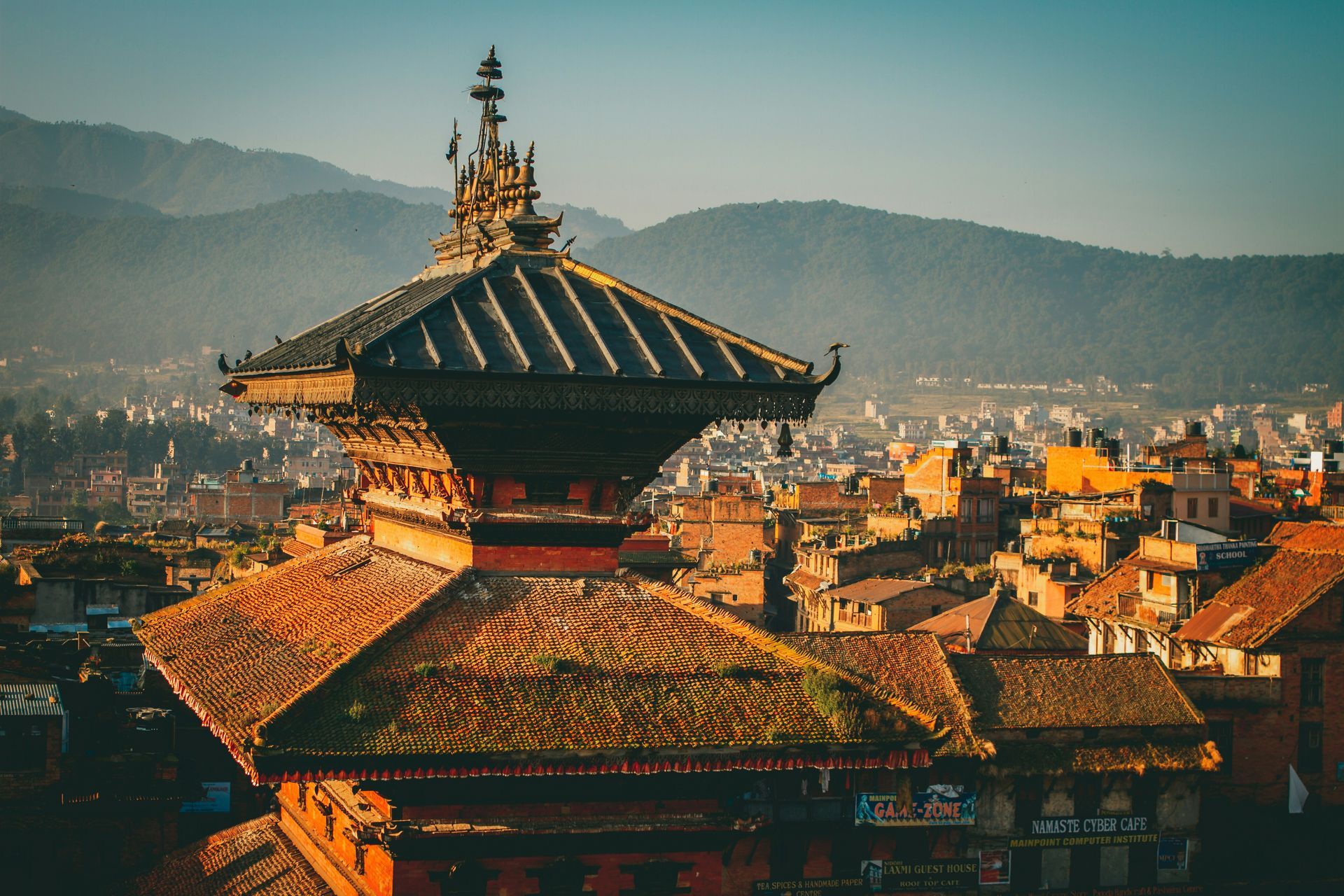
Slide title
Bhaktapur
Button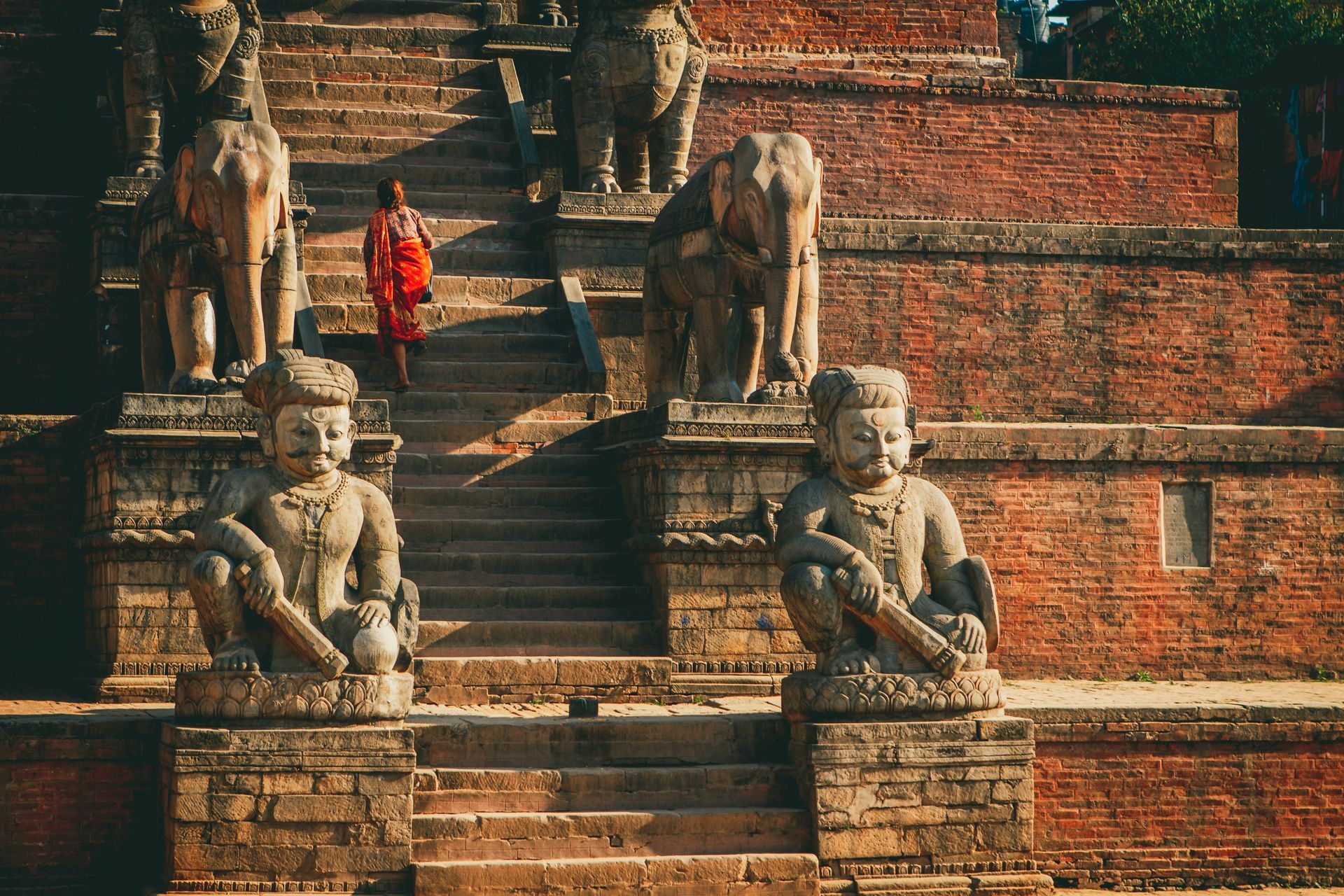
Slide title
Bhaktapur
Button
Slide title
Bhaktapur
Button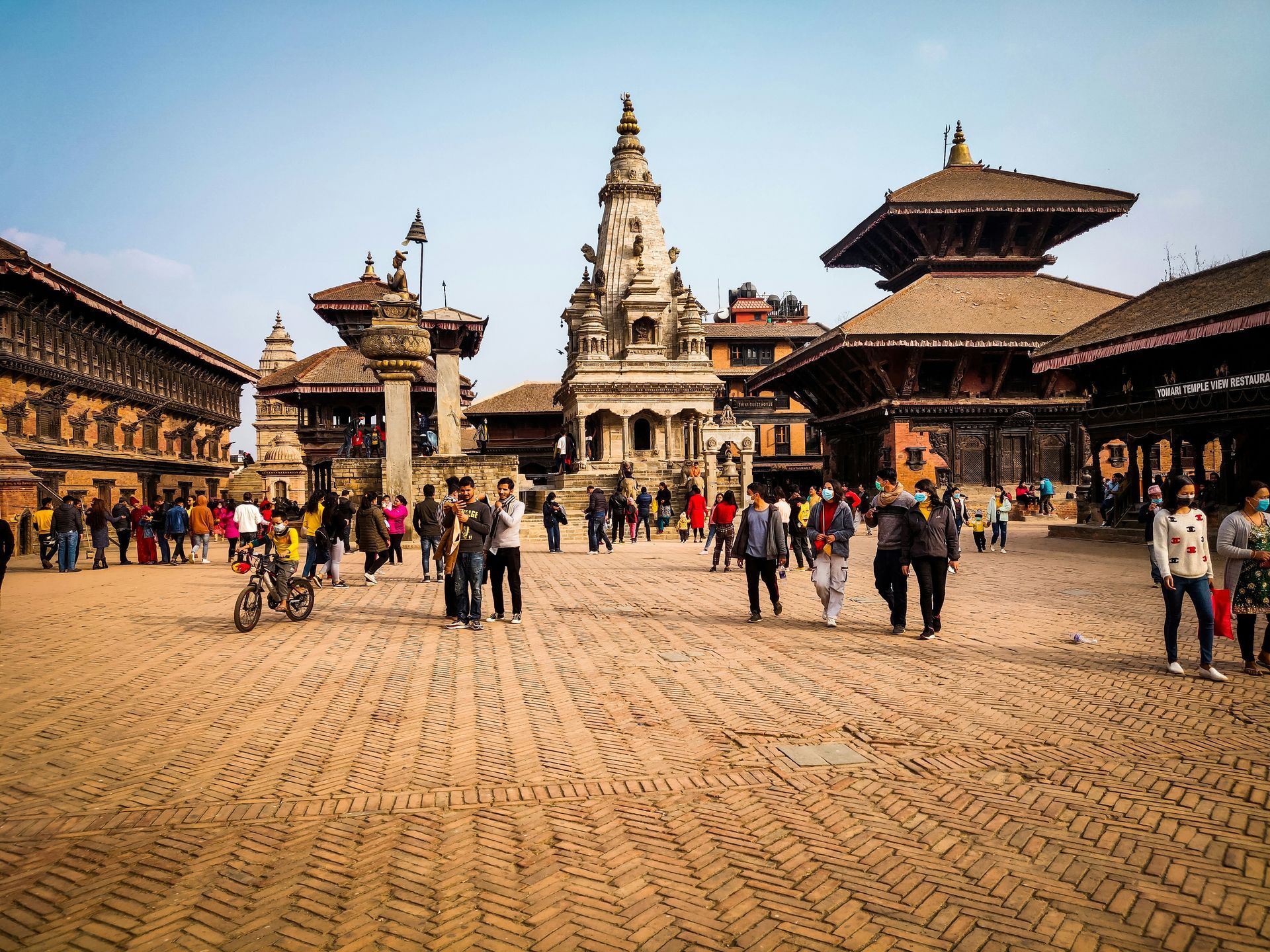
Slide title
Bhaktapur
Button
Slide title
Bhaktapur
Button
Slide title
Bhaktapur
Button
Slide title
Bhaktapur
Button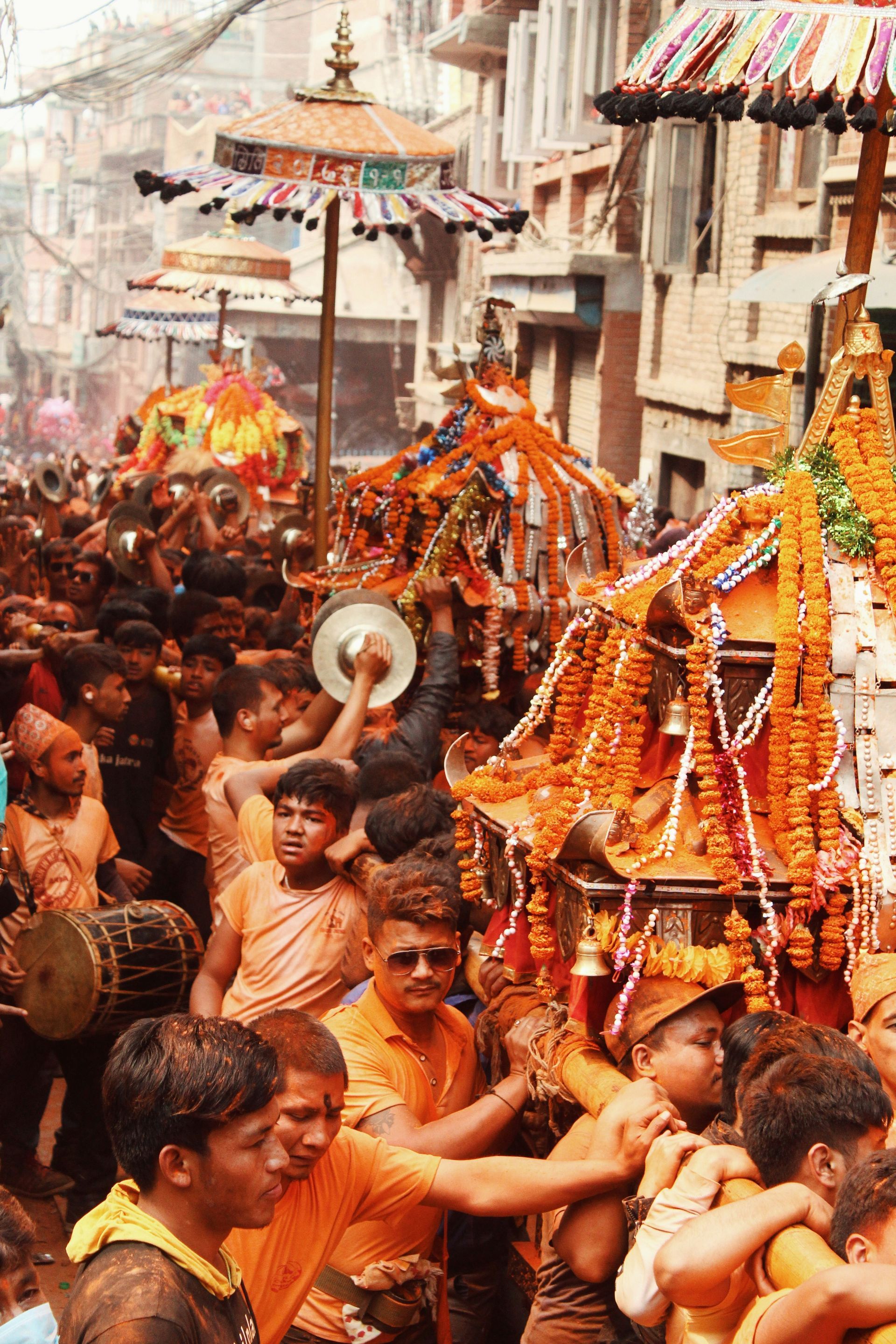
Slide title
Bhaktapur
Button
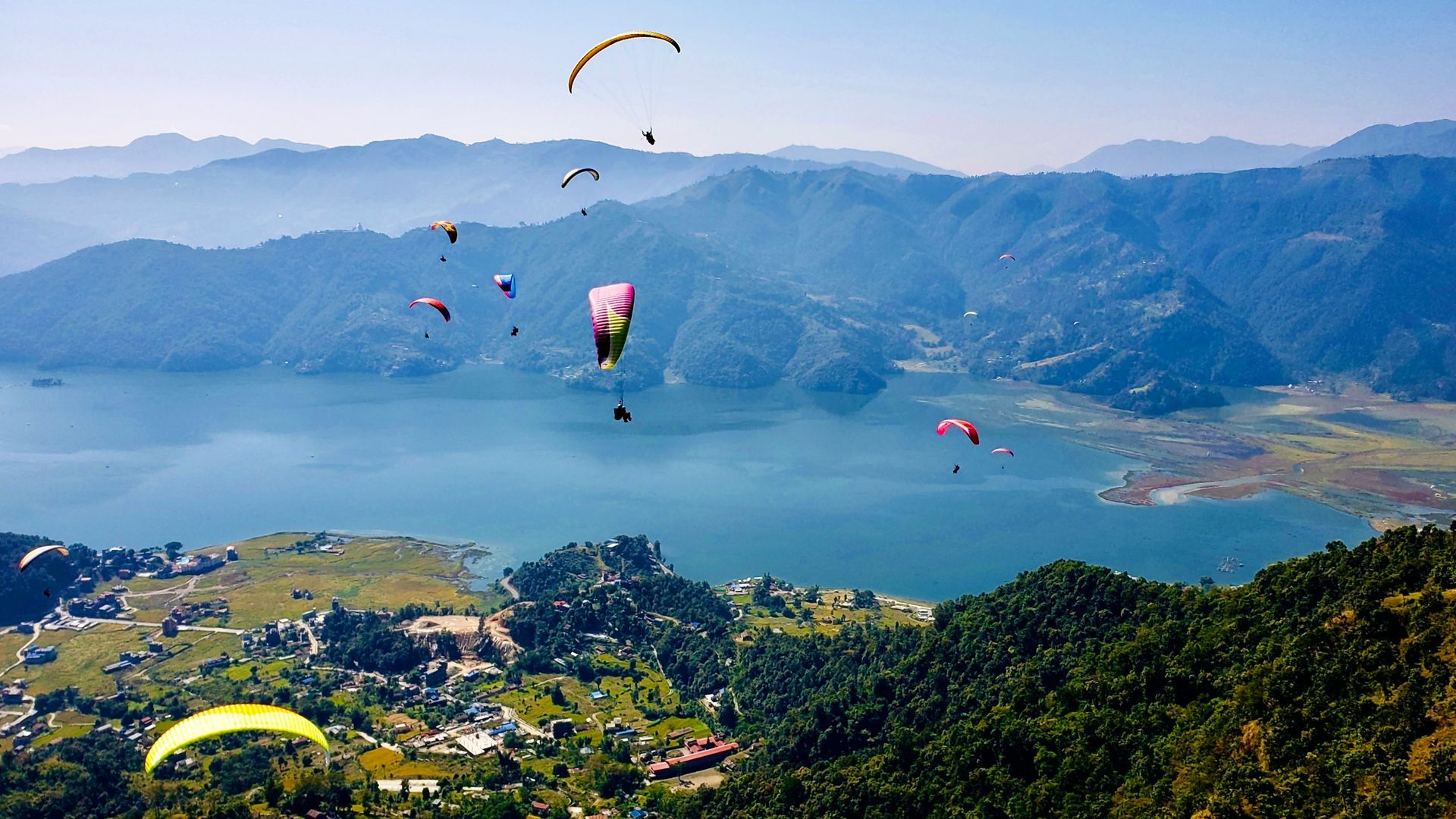
Slide title
Pokhara
Button
Slide title
Pokhara
Button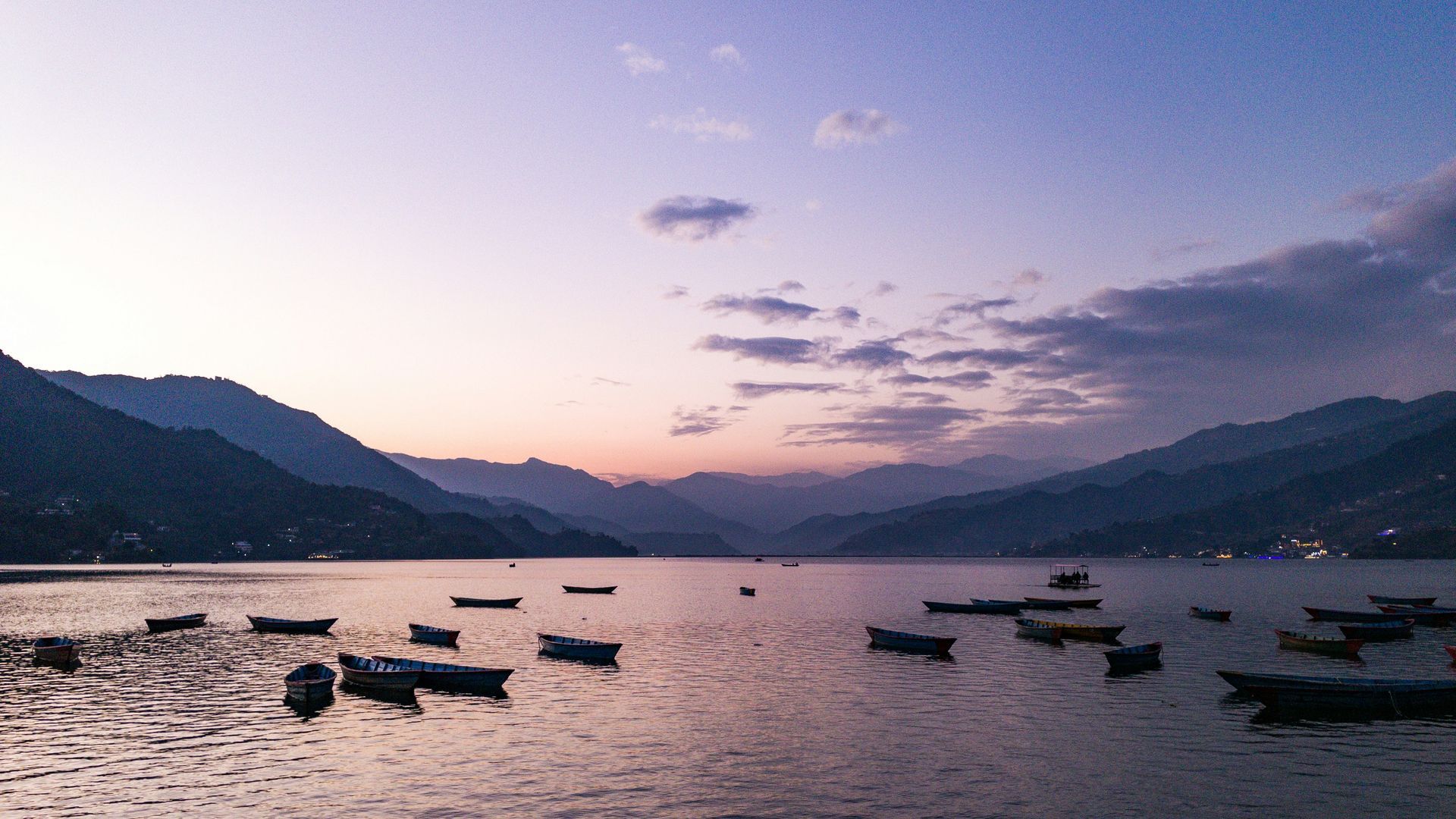
Slide title
Pokhara
Button
Slide title
Pokhara
Button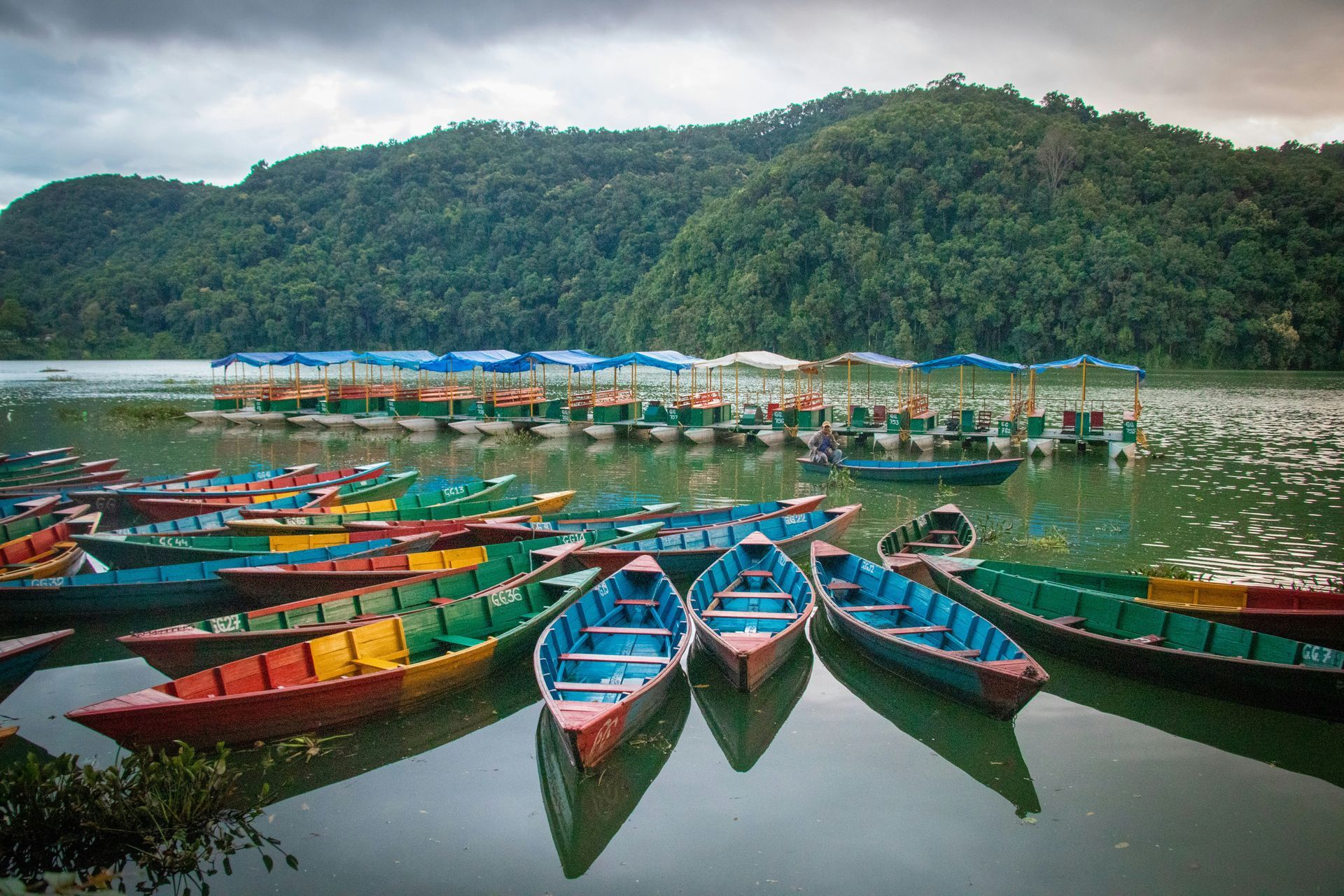
Slide title
Pokhara
Button
Slide title
Pokhara
Button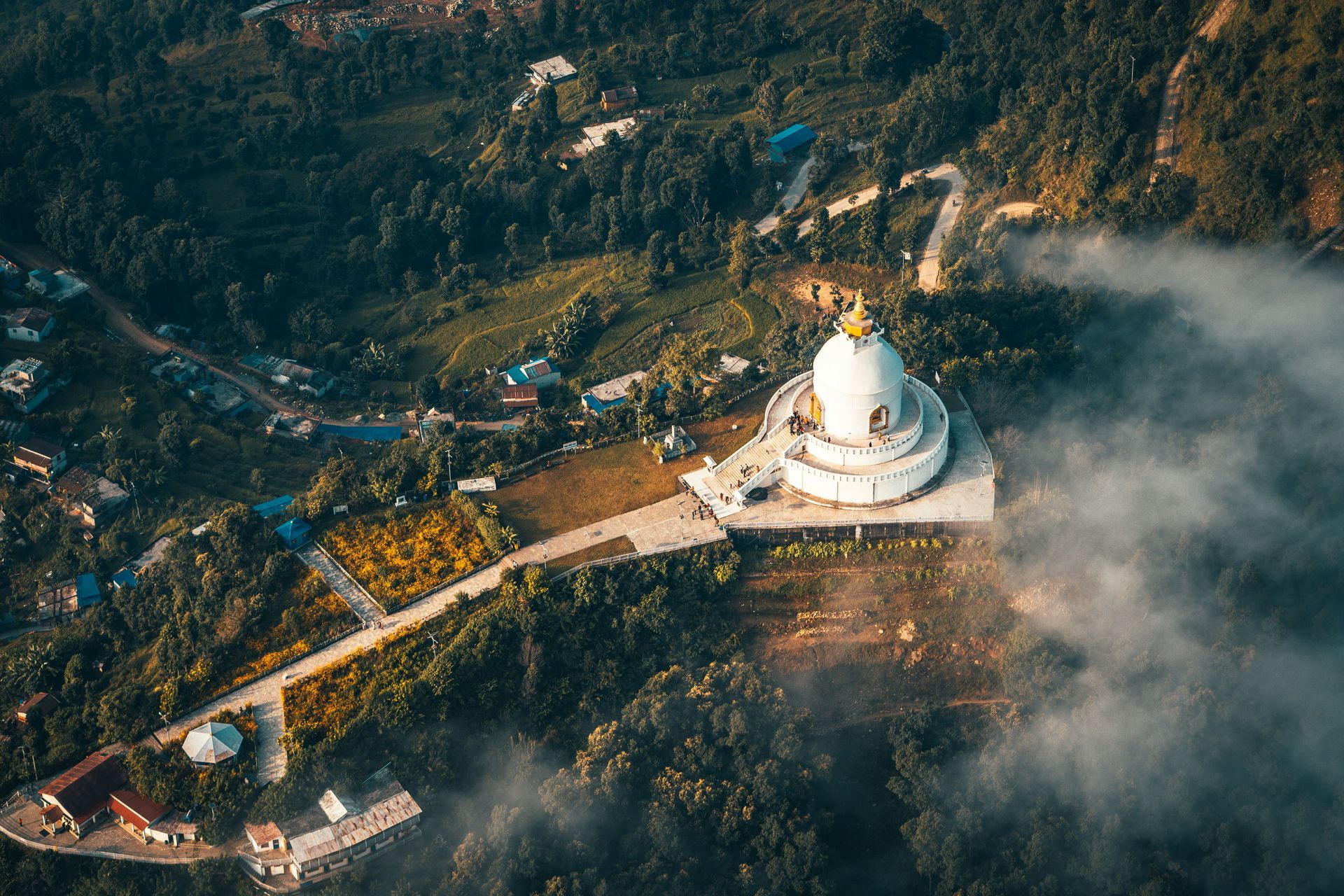
Slide title
Pokhara
Button

Slide title
Sagarmatha
Button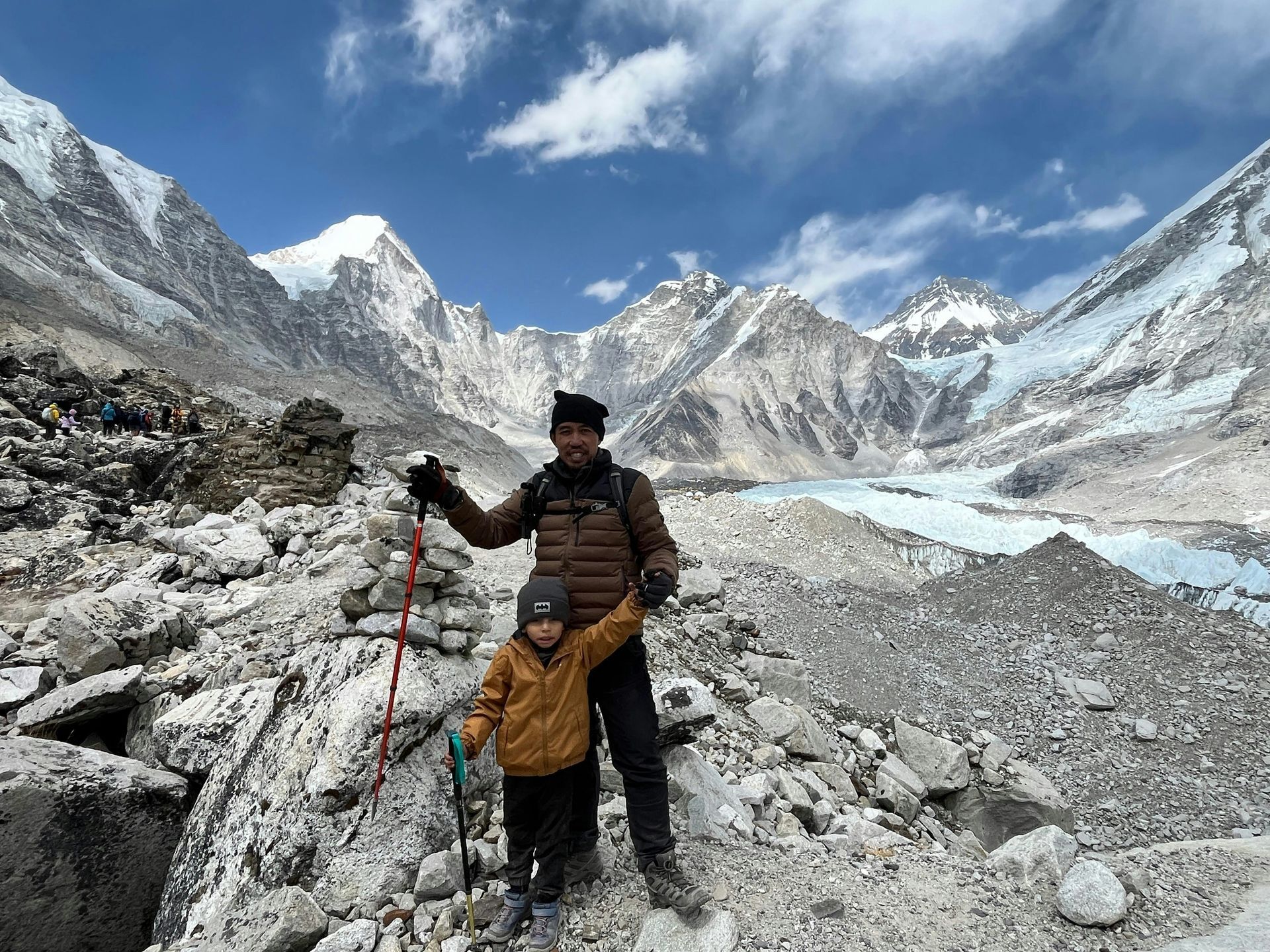
Slide title
Sagarmatha
Button
Slide title
Sagarmatha
Button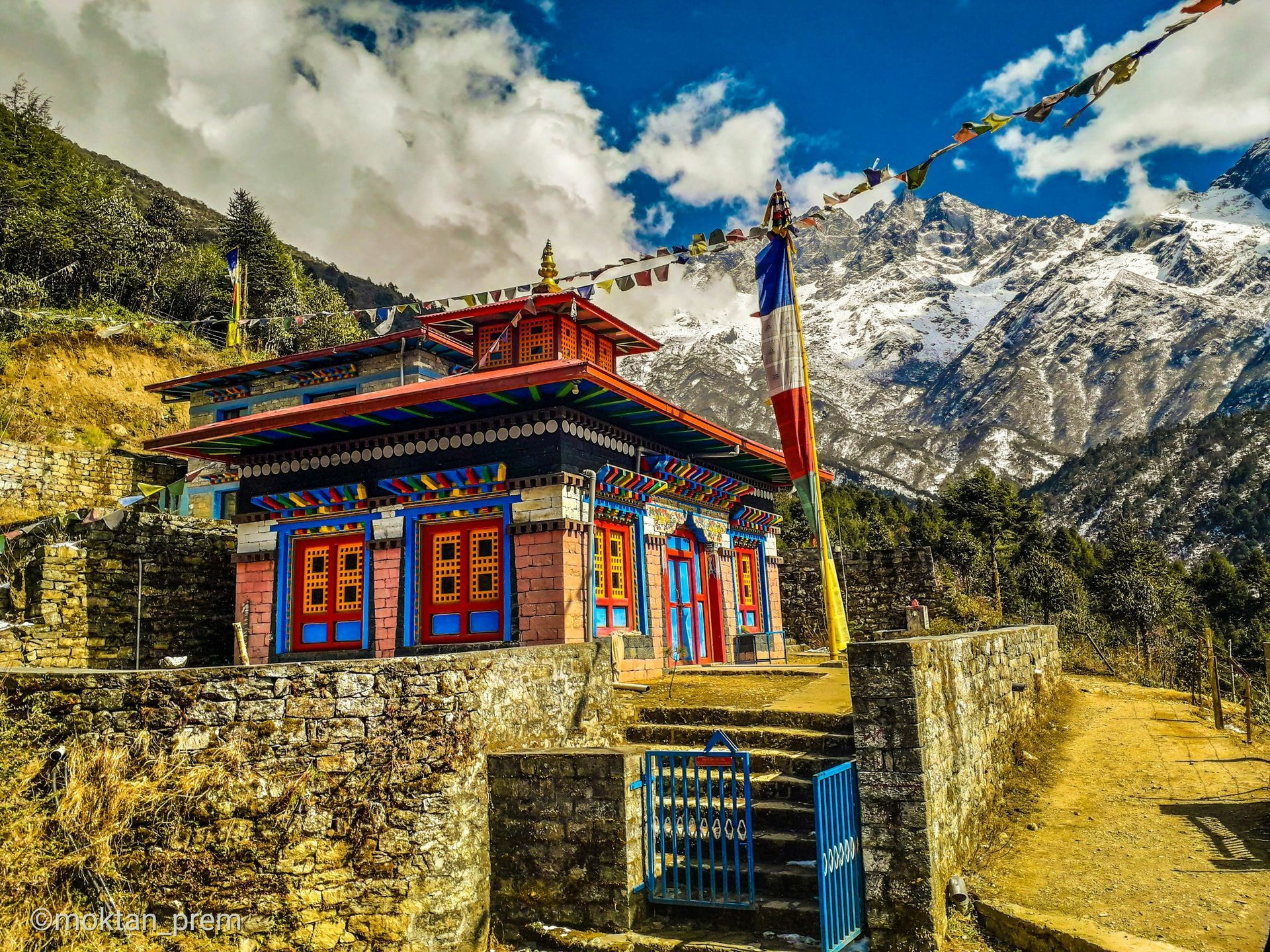
Slide title
Sagarmatha
Button
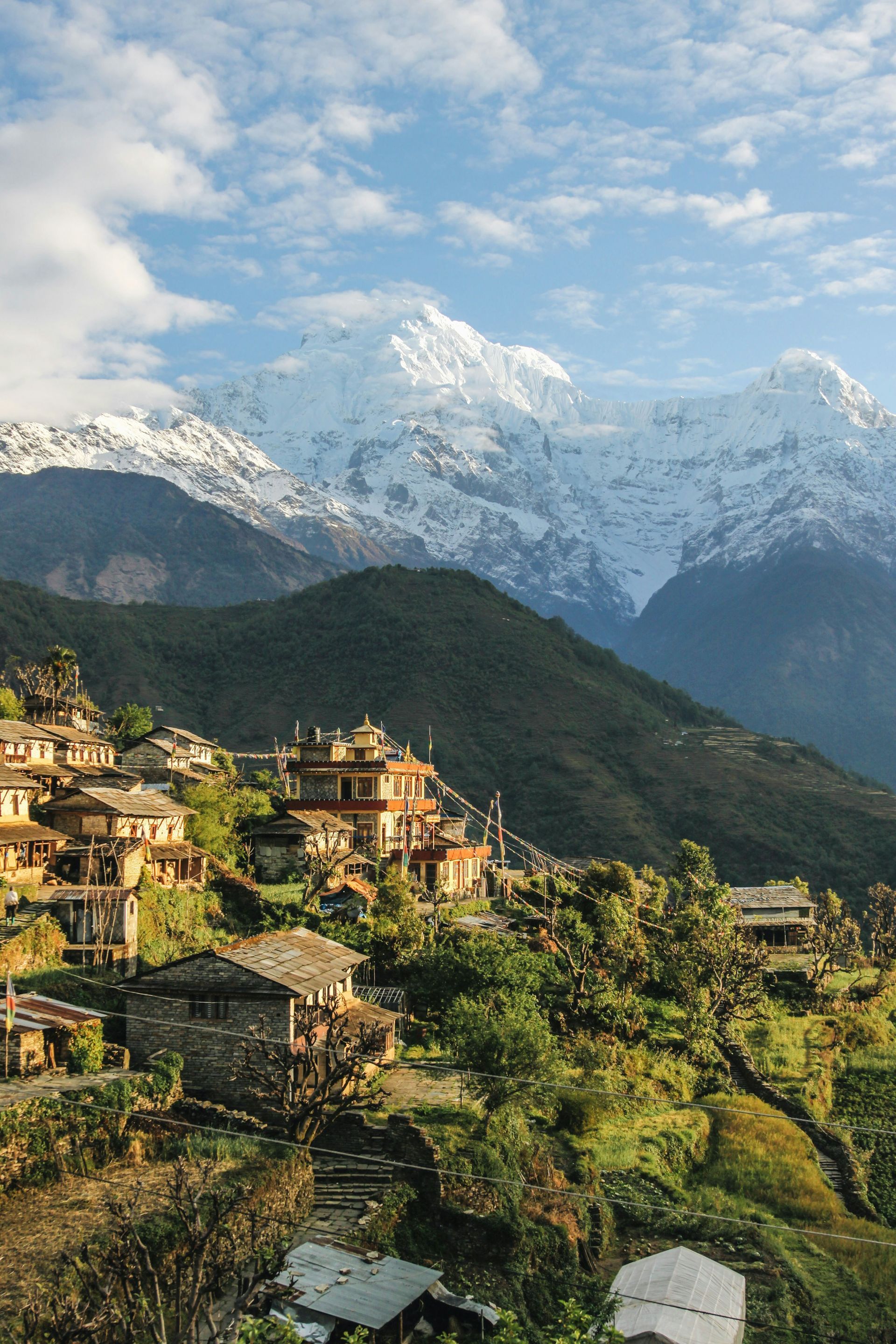
Slide title
Annapurna
Button
Slide title
Annapurna
Button
Slide title
Annapurna
Button
Slide title
Annapurna
Button
Slide title
Annapurna
Button
Slide title
Annapurna
Button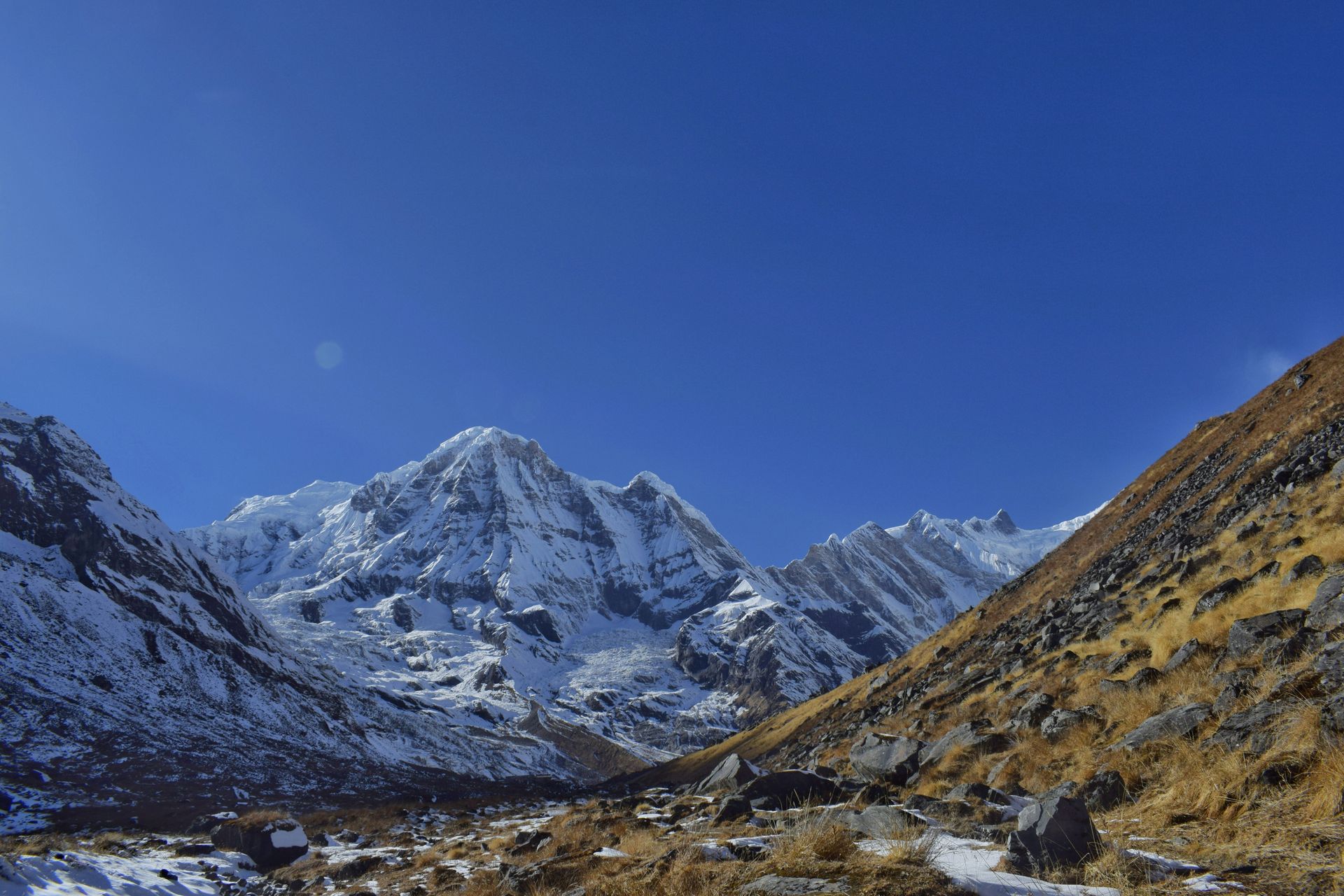
Slide title
Annapurna
Button
Slide title
Annapurna
Button
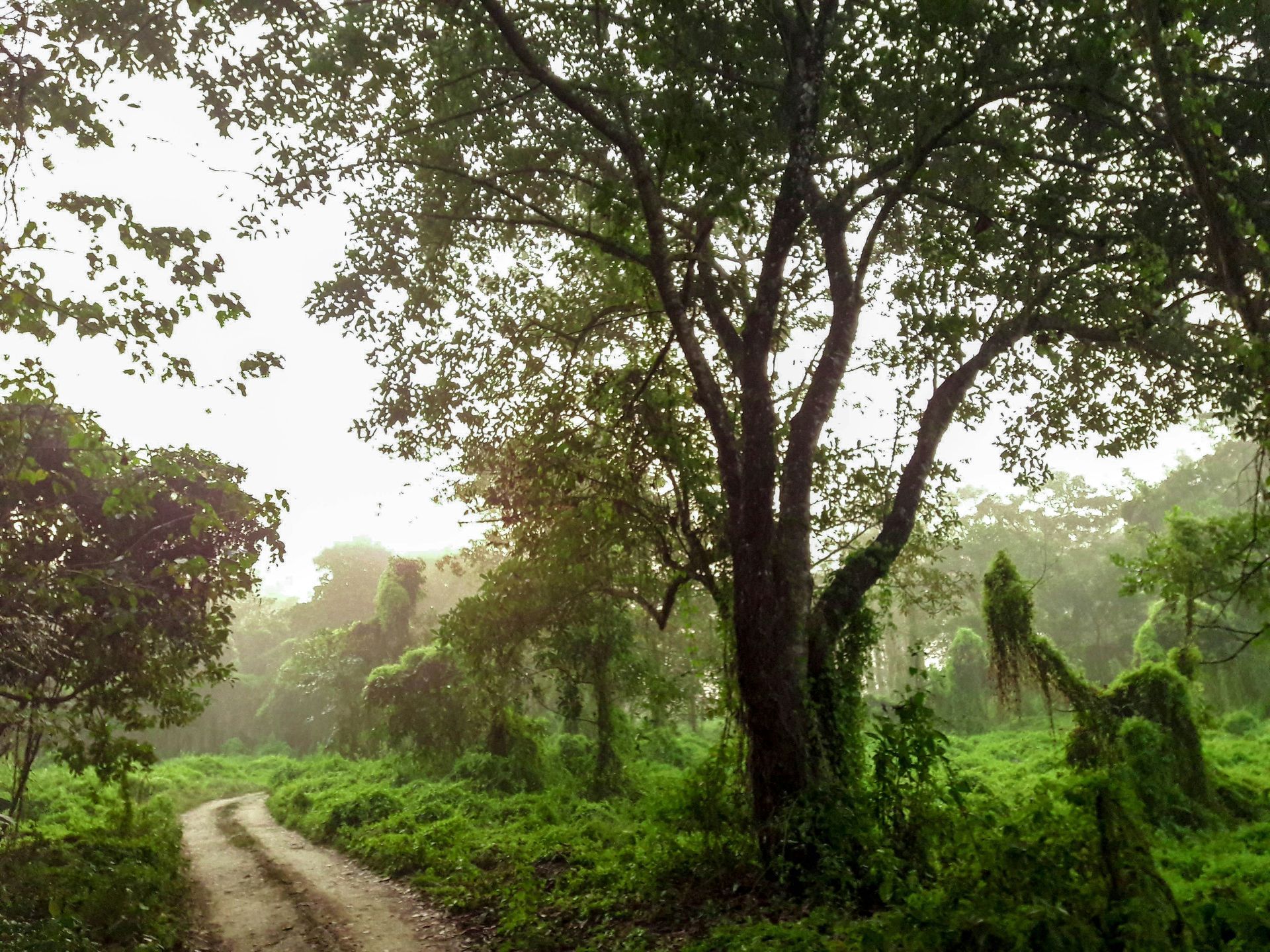
Slide title
Chitwan
Button
Slide title
Chitwan
Button
Slide title
Chitwan
Button
Slide title
Chitwan
Button
Slide title
Chitwan
Button
Slide title
Chitwan
Button
Slide title
Chitwan
Button

Slide title
Janakpur
Button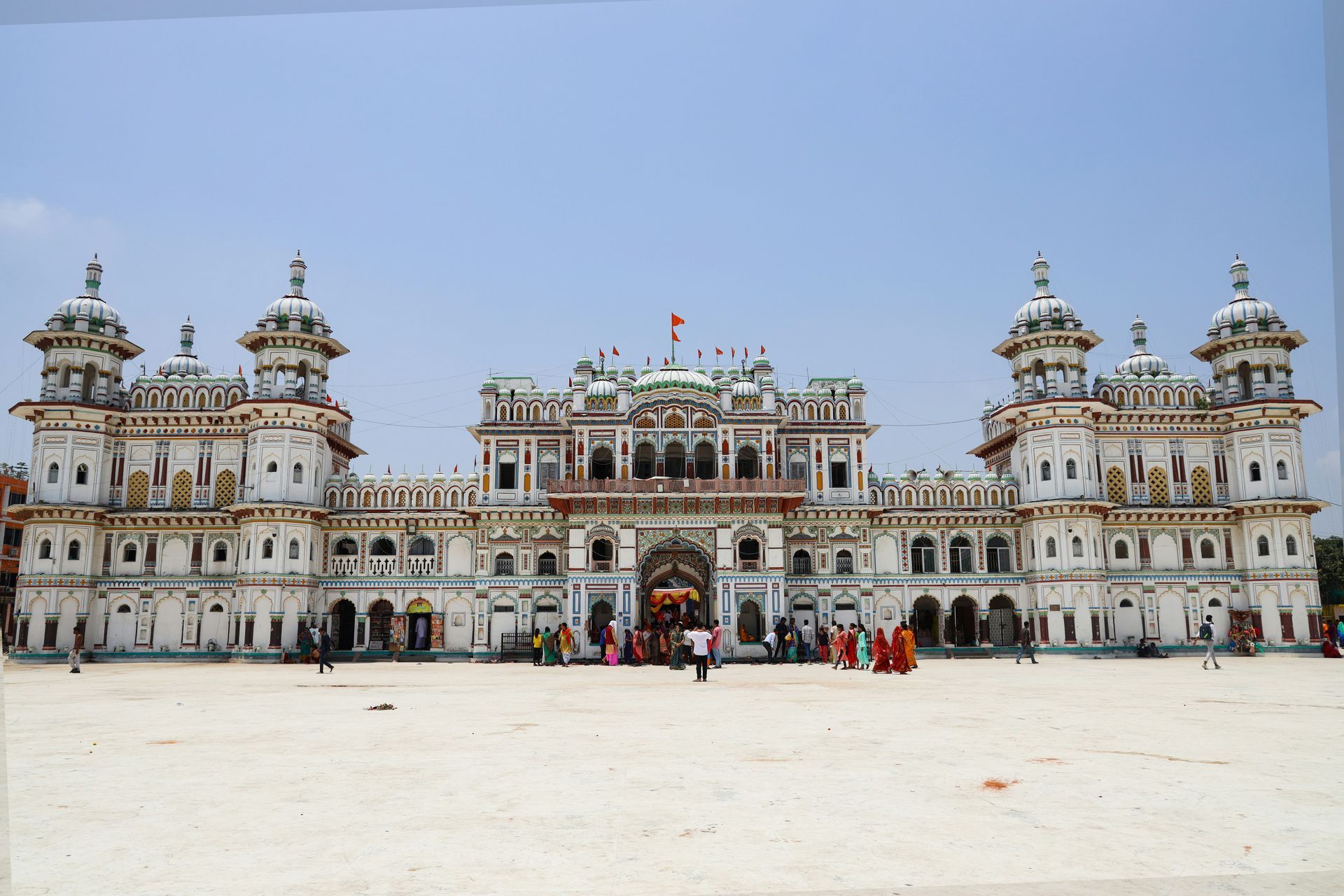
Slide title
Janakpur
Button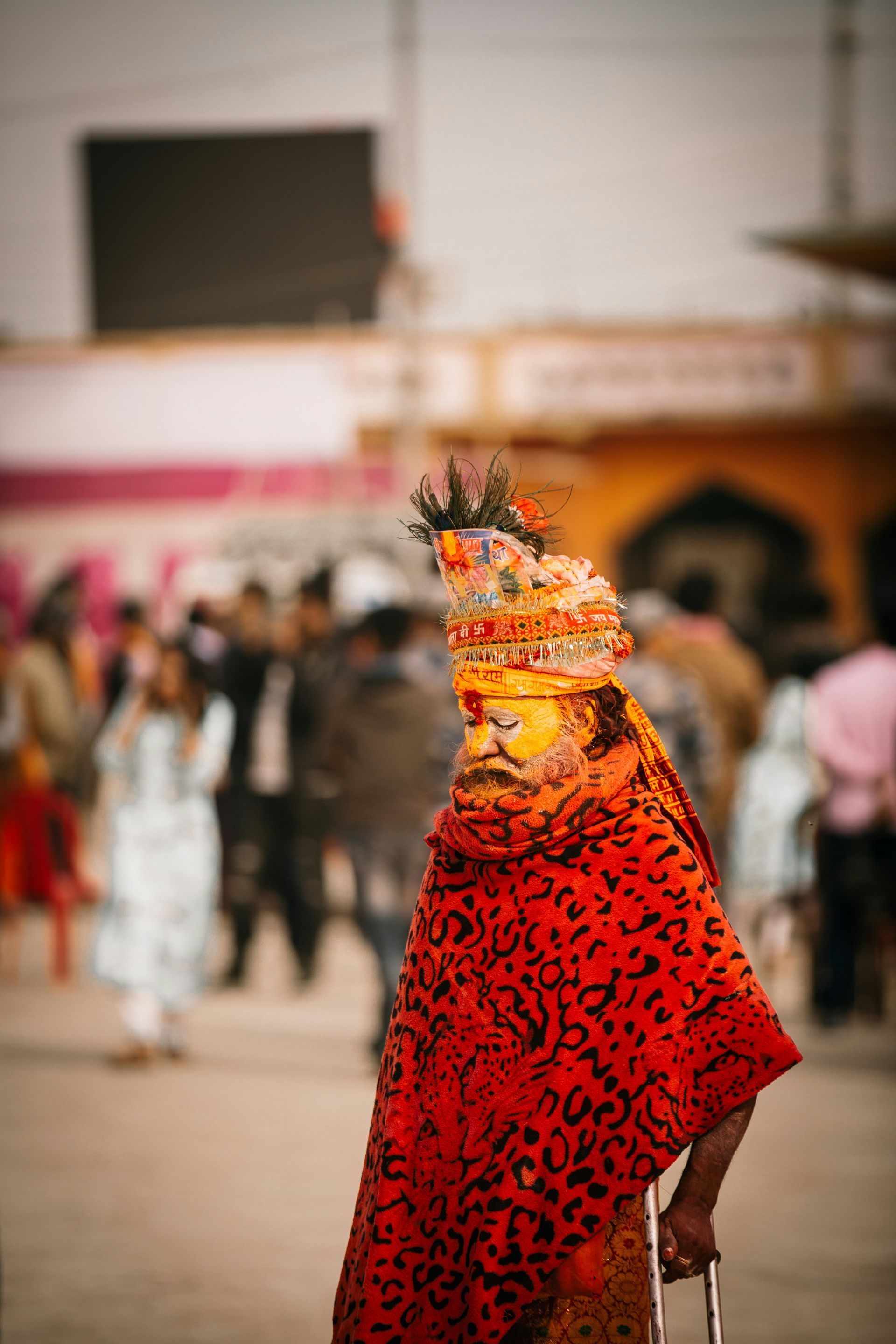
Slide title
Janakpur
Button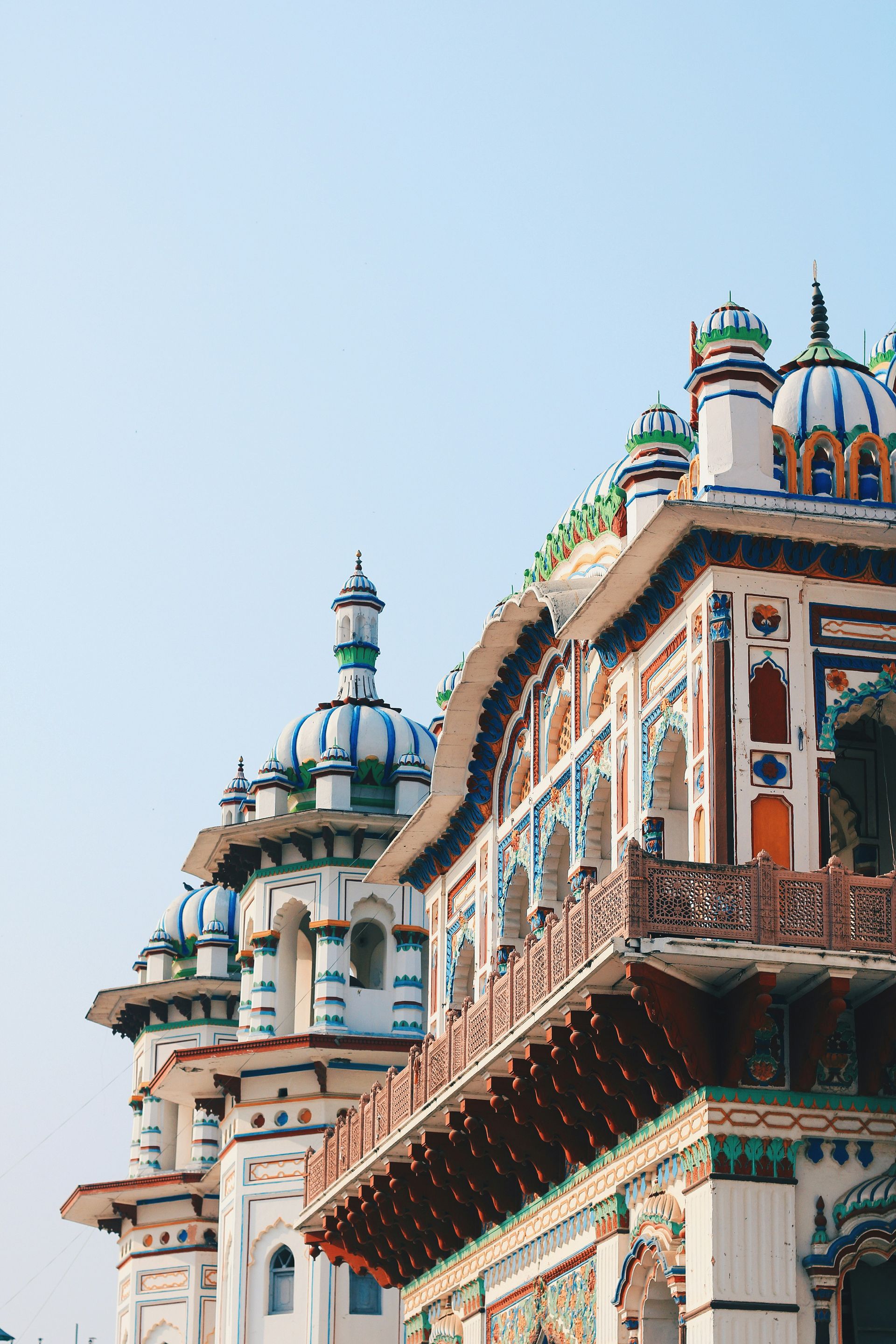
Slide title
Janakpur
Button
Featured Destinations

Slide title
Kathmandu
Button
Slide title
Kathmandu
Button
Slide title
Kathmandu
Button
Slide title
Kathmandu
Button
Slide title
Kathmandu
Button
Slide title
Kathmandu
Button
Slide title
Kathmandu
Button
Slide title
Kathmandu
Button

Slide title
Langtang
Button
Slide title
Langtang
Button
Slide title
Langtang
Button
Slide title
Langtang
Button
Slide title
Langtang
Button
Slide title
Langtang
Button
Slide title
Langtang
Button
Slide title
Langtang
Button

Slide title
Bhaktapur
Button
Slide title
Bhaktapur
Button
Slide title
Bhaktapur
Button
Slide title
Bhaktapur
Button
Slide title
Bhaktapur
Button
Slide title
Bhaktapur
Button
Slide title
Bhaktapur
Button
Slide title
Bhaktapur
Button

Slide title
Pokhara
Button
Slide title
Pokhara
Button
Slide title
Pokhara
Button
Slide title
Pokhara
Button
Slide title
Pokhara
Button
Slide title
Pokhara
Button
Slide title
Pokhara
Button

Slide title
Sagarmatha
Button
Slide title
Sagarmatha
Button
Slide title
Sagarmatha
Button
Slide title
Sagarmatha
Button

Slide title
Annapurna
Button
Slide title
Annapurna
Button
Slide title
Annapurna
Button
Slide title
Annapurna
Button
Slide title
Annapurna
Button
Slide title
Annapurna
Button
Slide title
Annapurna
Button
Slide title
Annapurna
Button

Slide title
Chitwan
Button
Slide title
Chitwan
Button
Slide title
Chitwan
Button
Slide title
Chitwan
Button
Slide title
Chitwan
Button
Slide title
Chitwan
Button
Slide title
Chitwan
Button

Slide title
Janakpur
Button
Slide title
Janakpur
Button
Slide title
Janakpur
Button
Slide title
Janakpur
Button
Mount Everest
Rising 8,848 meters above sea level, Mount Everest—known locally as Sagarmatha in Nepali and Chomolungma in Tibetan—is the world’s highest peak and a symbol of Nepal’s majestic beauty. Standing proudly in the Himalayas, it draws adventurers, climbers, and dreamers from around the globe. Yet, beyond its towering height, Everest holds deep spiritual meaning for local Sherpa communities, who regard it as sacred. Whether admired from a scenic flight, experienced on a trek to base camp, or viewed from afar, Mount Everest embodies the spirit of challenge, serenity, and awe that defines Nepal itself.
Mount Everest
Rising 8,848 meters above sea level, Mount Everest—known locally as Sagarmatha in Nepali and Chomolungma in Tibetan—is the world’s highest peak and a symbol of Nepal’s majestic beauty. Standing proudly in the Himalayas, it draws adventurers, climbers, and dreamers from around the globe. Yet, beyond its towering height, Everest holds deep spiritual meaning for local Sherpa communities, who regard it as sacred. Whether admired from a scenic flight, experienced on a trek to base camp, or viewed from afar, Mount Everest embodies the spirit of challenge, serenity, and awe that defines Nepal itself.
Traditional Dishes
-
Dal bhat
Dal Bhat is Nepal’s quintessential meal, enjoyed daily across the country. It features steamed rice (bhat) served with a spiced lentil soup (dal), often accompanied by seasonal vegetables, pickles, and sometimes meat curries. Nutritious and comforting, this hearty dish provides the perfect balance of flavor and sustenance—fueling everyone from mountain trekkers to local families. More than just a meal, Dal Bhat reflects Nepal’s warmth and hospitality, bringing people together around a simple yet deeply satisfying tradition.
-
Chatamari
Chatamari, often called the “Newari pizza,” is a beloved traditional dish from the Kathmandu Valley. Made from a thin rice flour crepe, it’s topped with a flavorful mix of minced meat, eggs, onions, and spices before being cooked to perfection. Light yet savory, Chatamari is enjoyed during festivals and family gatherings alike. Its crisp texture and rich toppings make it a favorite snack that beautifully showcases the creativity of Newari cuisine.
-
Momo
Momo is one of Nepal’s most popular and beloved dishes—delicate dumplings filled with minced meat or vegetables, seasoned with aromatic herbs and spices. Steamed or fried and served with a spicy dipping sauce, momos are enjoyed everywhere from street stalls to mountain teahouses. Influenced by Tibetan cuisine but distinctly Nepali in flavor, these bite-sized delights have become a symbol of Nepal’s culinary identity and a must-try for any visitor.
-
Sel Roti
Sel Roti is a traditional Nepali ring-shaped bread made from a batter of rice flour, sugar, and milk, deep-fried to golden perfection. Crisp on the outside and soft within, it’s often prepared during major festivals like Tihar and Dashain, symbolizing celebration and togetherness. With its subtly sweet flavor and comforting aroma, Sel Roti pairs perfectly with yogurt or curry and holds a cherished place in Nepal’s festive cuisine and family traditions.
-
Thukpa
Thukpa is a hearty noodle soup that warms both body and soul, especially in Nepal’s colder mountain regions. Originally influenced by Tibetan cuisine, it combines noodles with vegetables, meat, and aromatic spices in a rich, flavorful broth. Comforting and nourishing, Thukpa is a favorite during winter and among trekkers seeking energy and warmth. Each region adds its own twist, making this dish a delicious reflection of Nepal’s diverse cultural and culinary heritage.
-
Bara
Bara, also known as wo, is a traditional Newari savory lentil pancake enjoyed across Nepal. Made from a batter of ground black lentils mixed with spices, it’s lightly fried until crisp on the outside and soft inside. Often topped with egg or minced meat, Bara is both nutritious and flavorful, commonly served during festivals, rituals, and family gatherings. Its rich taste and cultural significance make it a cherished part of Nepal’s culinary heritage.
-
Gundruk
Gundruk is a uniquely Nepali dish made from fermented leafy greens such as mustard, radish, or cauliflower leaves. Once dried, the leaves are later cooked into soups or curries, creating a tangy, earthy flavor loved throughout the country. Rich in nutrients and probiotics, Gundruk is especially popular in rural areas and mountain regions where fresh vegetables are scarce. Beyond its taste, it represents Nepal’s tradition of resourcefulness and preserving food for the colder months.
Traditional Dishes
-
Dal bhat
Dal Bhat is Nepal’s quintessential meal, enjoyed daily across the country. It features steamed rice (bhat) served with a spiced lentil soup (dal), often accompanied by seasonal vegetables, pickles, and sometimes meat curries. Nutritious and comforting, this hearty dish provides the perfect balance of flavor and sustenance—fueling everyone from mountain trekkers to local families. More than just a meal, Dal Bhat reflects Nepal’s warmth and hospitality, bringing people together around a simple yet deeply satisfying tradition.
-
Chatamari
Chatamari, often called the “Newari pizza,” is a beloved traditional dish from the Kathmandu Valley. Made from a thin rice flour crepe, it’s topped with a flavorful mix of minced meat, eggs, onions, and spices before being cooked to perfection. Light yet savory, Chatamari is enjoyed during festivals and family gatherings alike. Its crisp texture and rich toppings make it a favorite snack that beautifully showcases the creativity of Newari cuisine.
-
Momo
Momo is one of Nepal’s most popular and beloved dishes—delicate dumplings filled with minced meat or vegetables, seasoned with aromatic herbs and spices. Steamed or fried and served with a spicy dipping sauce, momos are enjoyed everywhere from street stalls to mountain teahouses. Influenced by Tibetan cuisine but distinctly Nepali in flavor, these bite-sized delights have become a symbol of Nepal’s culinary identity and a must-try for any visitor.
-
Sel Roti
Sel Roti is a traditional Nepali ring-shaped bread made from a batter of rice flour, sugar, and milk, deep-fried to golden perfection. Crisp on the outside and soft within, it’s often prepared during major festivals like Tihar and Dashain, symbolizing celebration and togetherness. With its subtly sweet flavor and comforting aroma, Sel Roti pairs perfectly with yogurt or curry and holds a cherished place in Nepal’s festive cuisine and family traditions.
-
Thukpa
Thukpa is a hearty noodle soup that warms both body and soul, especially in Nepal’s colder mountain regions. Originally influenced by Tibetan cuisine, it combines noodles with vegetables, meat, and aromatic spices in a rich, flavorful broth. Comforting and nourishing, Thukpa is a favorite during winter and among trekkers seeking energy and warmth. Each region adds its own twist, making this dish a delicious reflection of Nepal’s diverse cultural and culinary heritage.
-
Bara
Bara, also known as wo, is a traditional Newari savory lentil pancake enjoyed across Nepal. Made from a batter of ground black lentils mixed with spices, it’s lightly fried until crisp on the outside and soft inside. Often topped with egg or minced meat, Bara is both nutritious and flavorful, commonly served during festivals, rituals, and family gatherings. Its rich taste and cultural significance make it a cherished part of Nepal’s culinary heritage.
-
Gundruk
Gundruk is a uniquely Nepali dish made from fermented leafy greens such as mustard, radish, or cauliflower leaves. Once dried, the leaves are later cooked into soups or curries, creating a tangy, earthy flavor loved throughout the country. Rich in nutrients and probiotics, Gundruk is especially popular in rural areas and mountain regions where fresh vegetables are scarce. Beyond its taste, it represents Nepal’s tradition of resourcefulness and preserving food for the colder months.
Love this destination?
Have Viking Travel book your next getaway!


